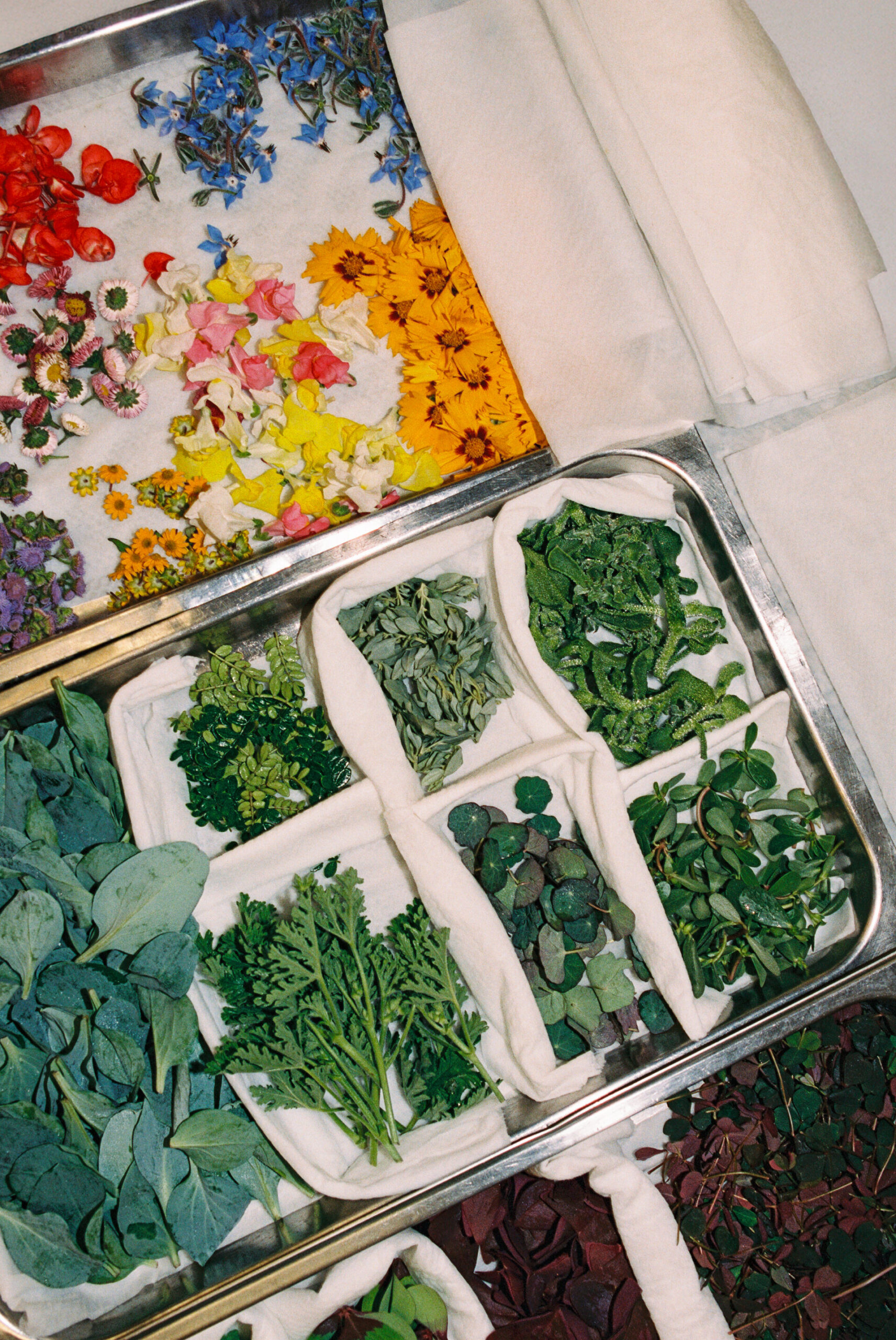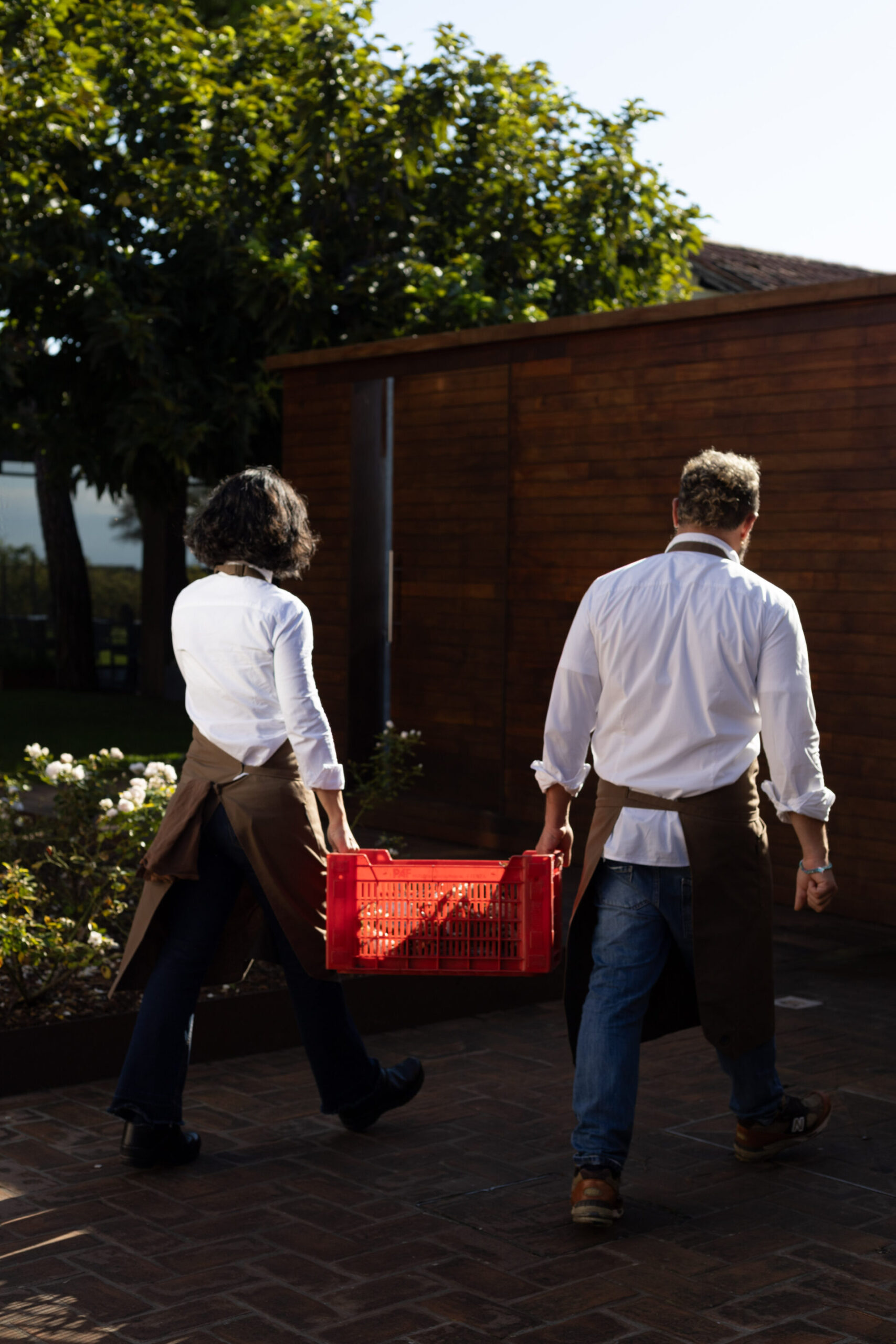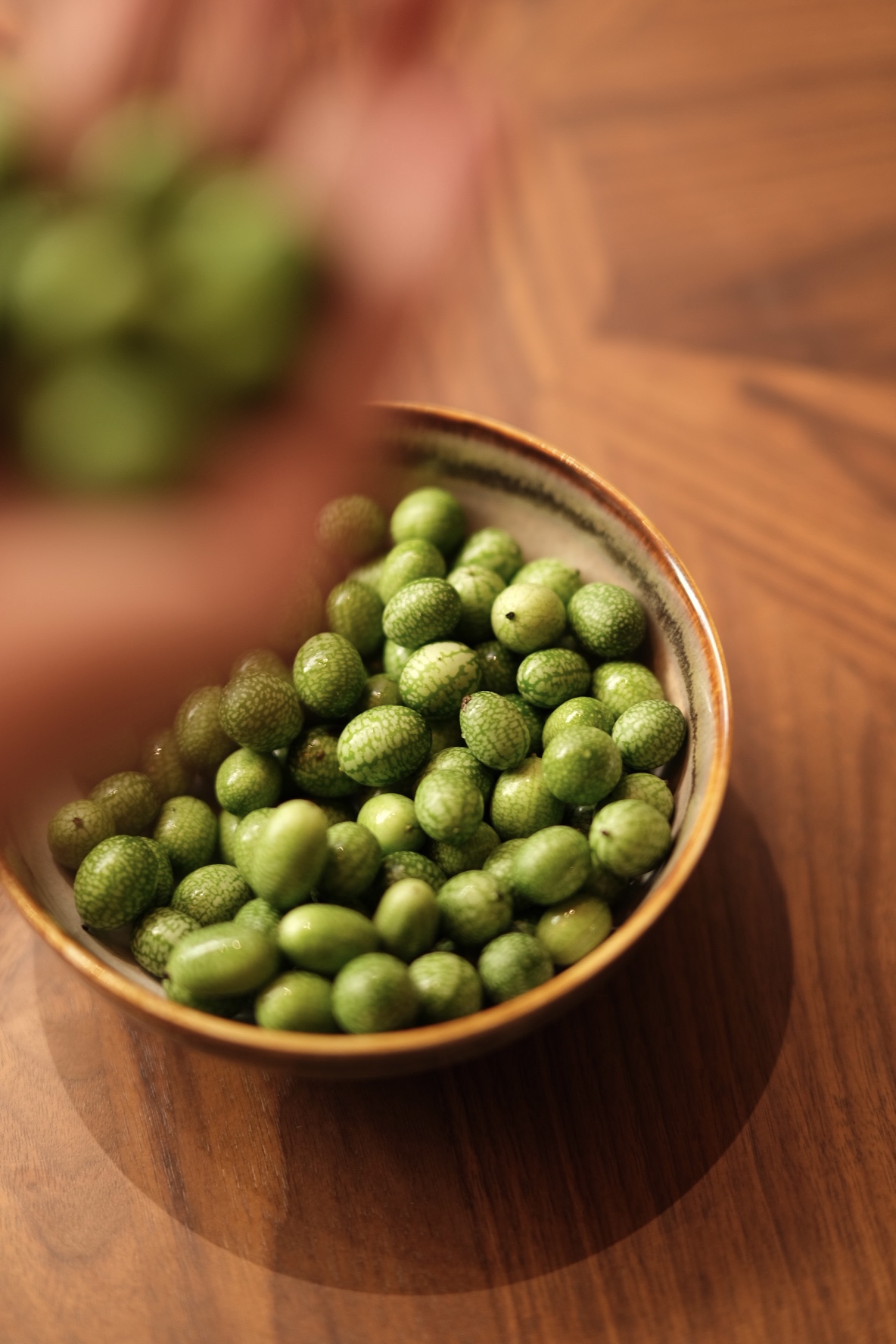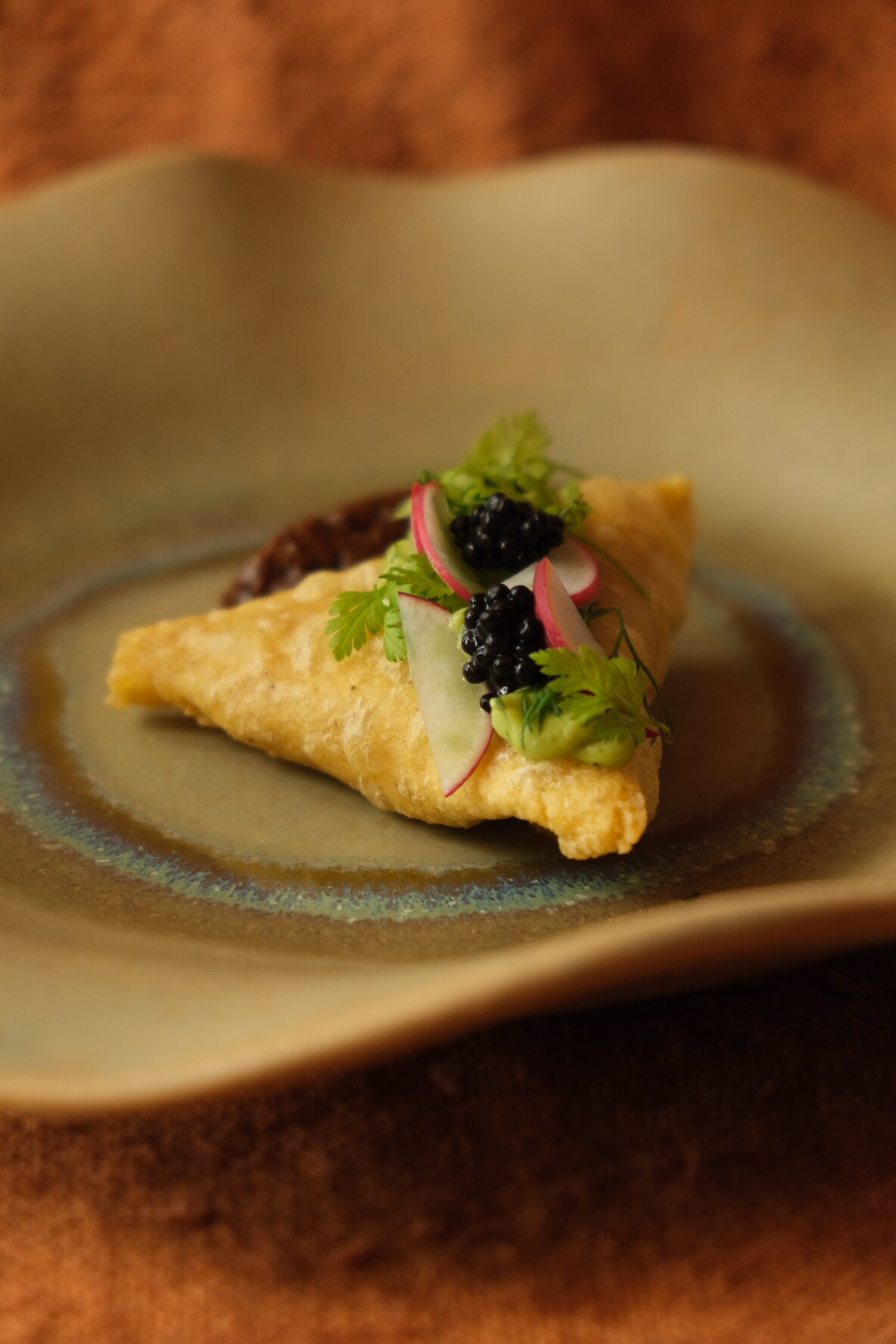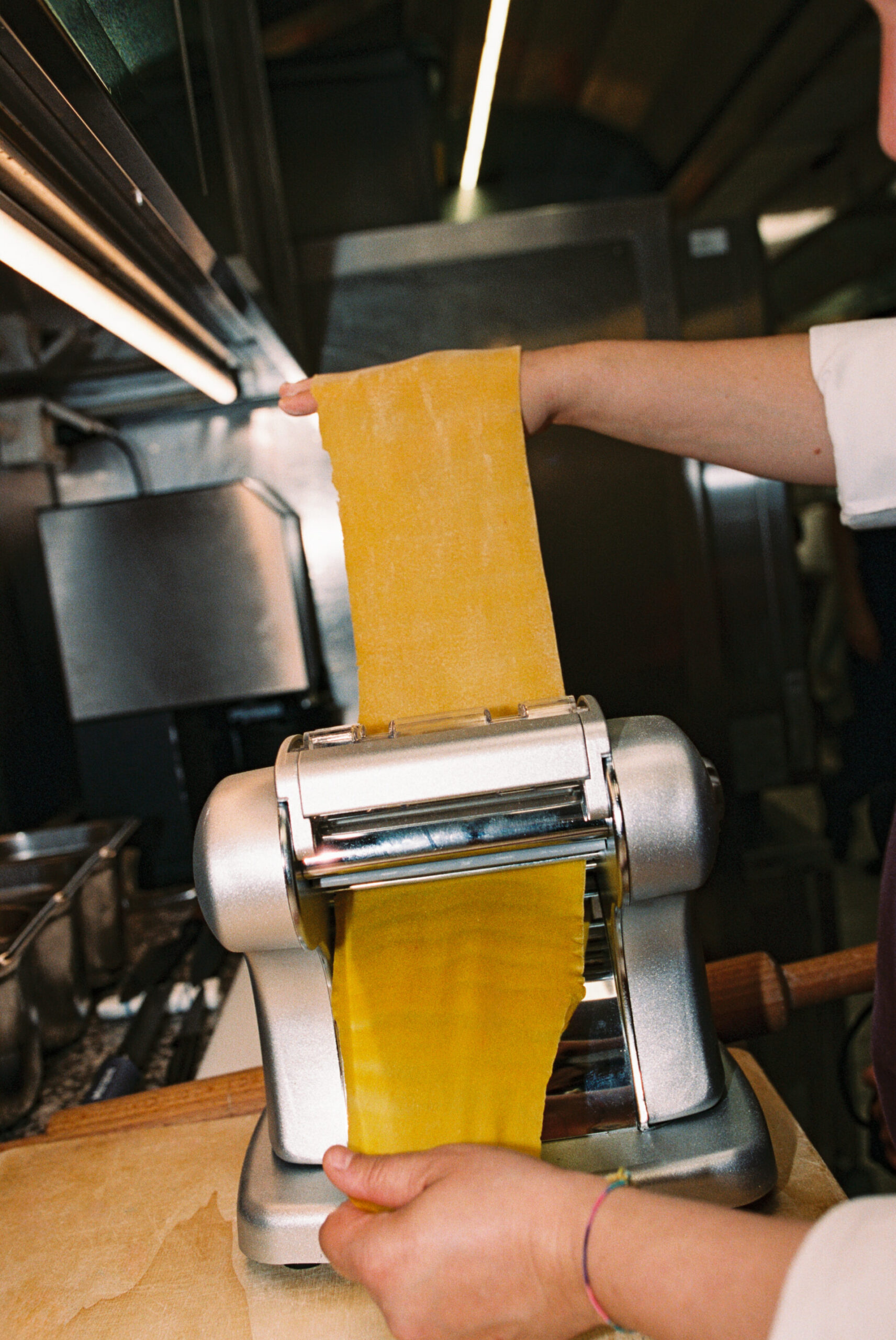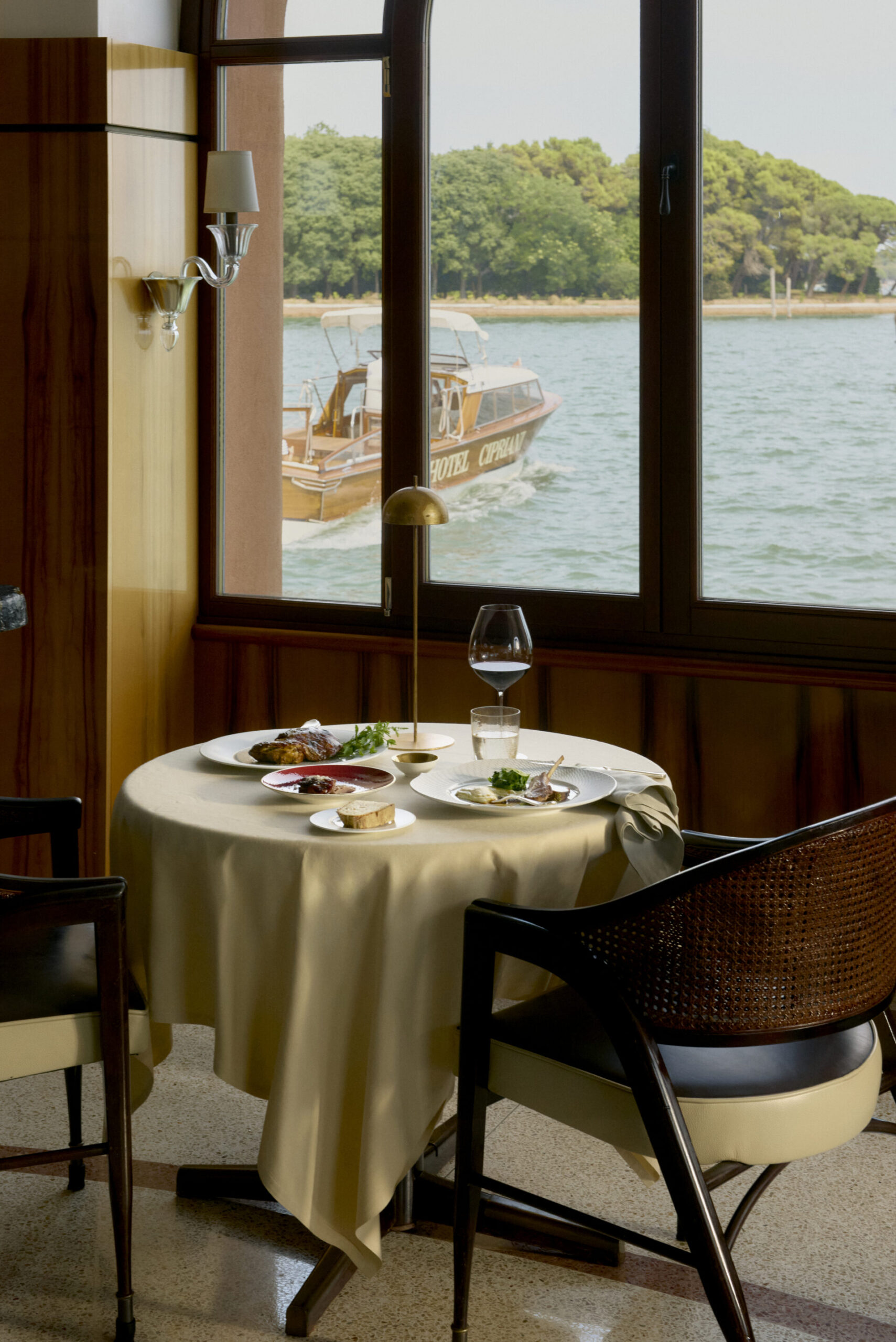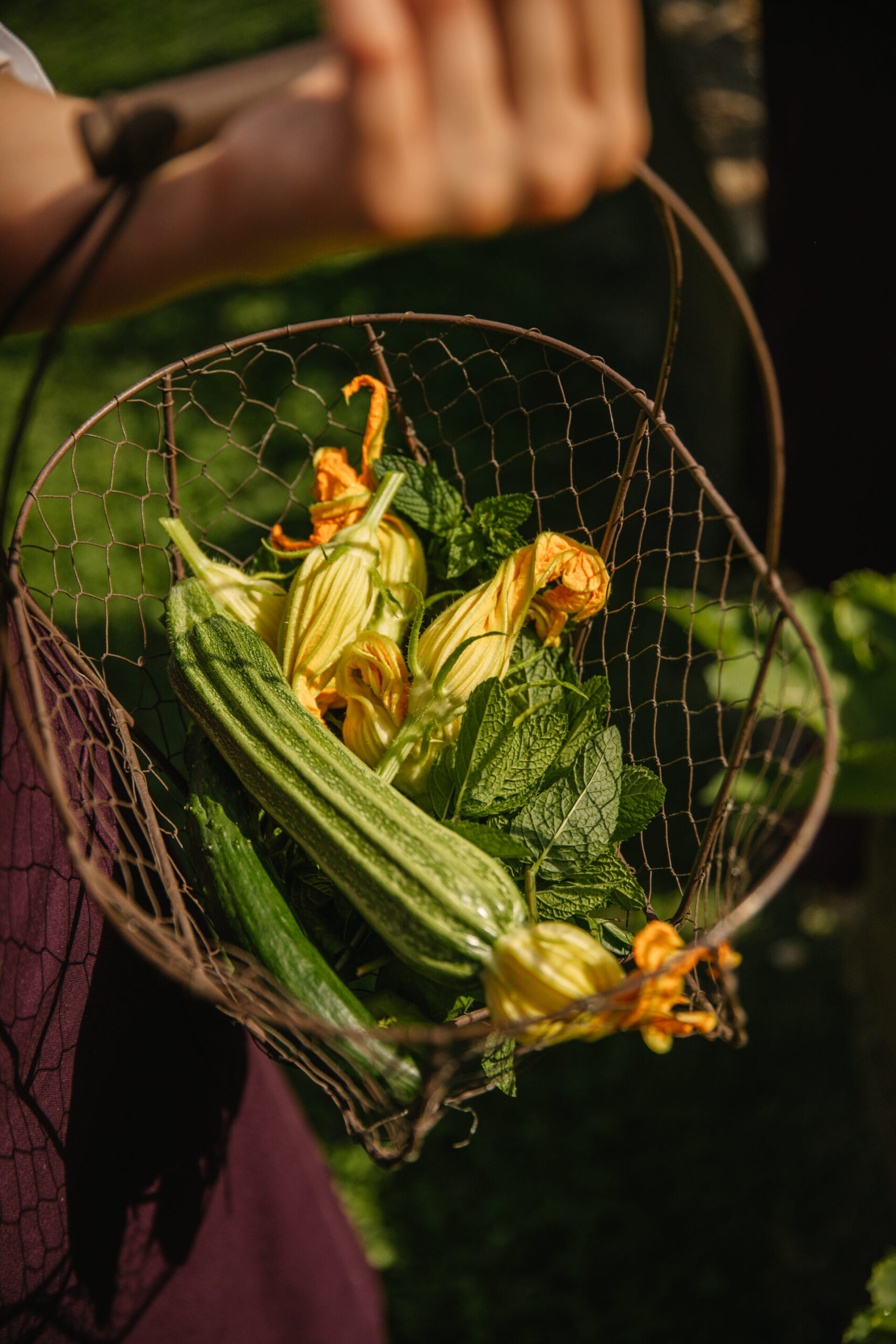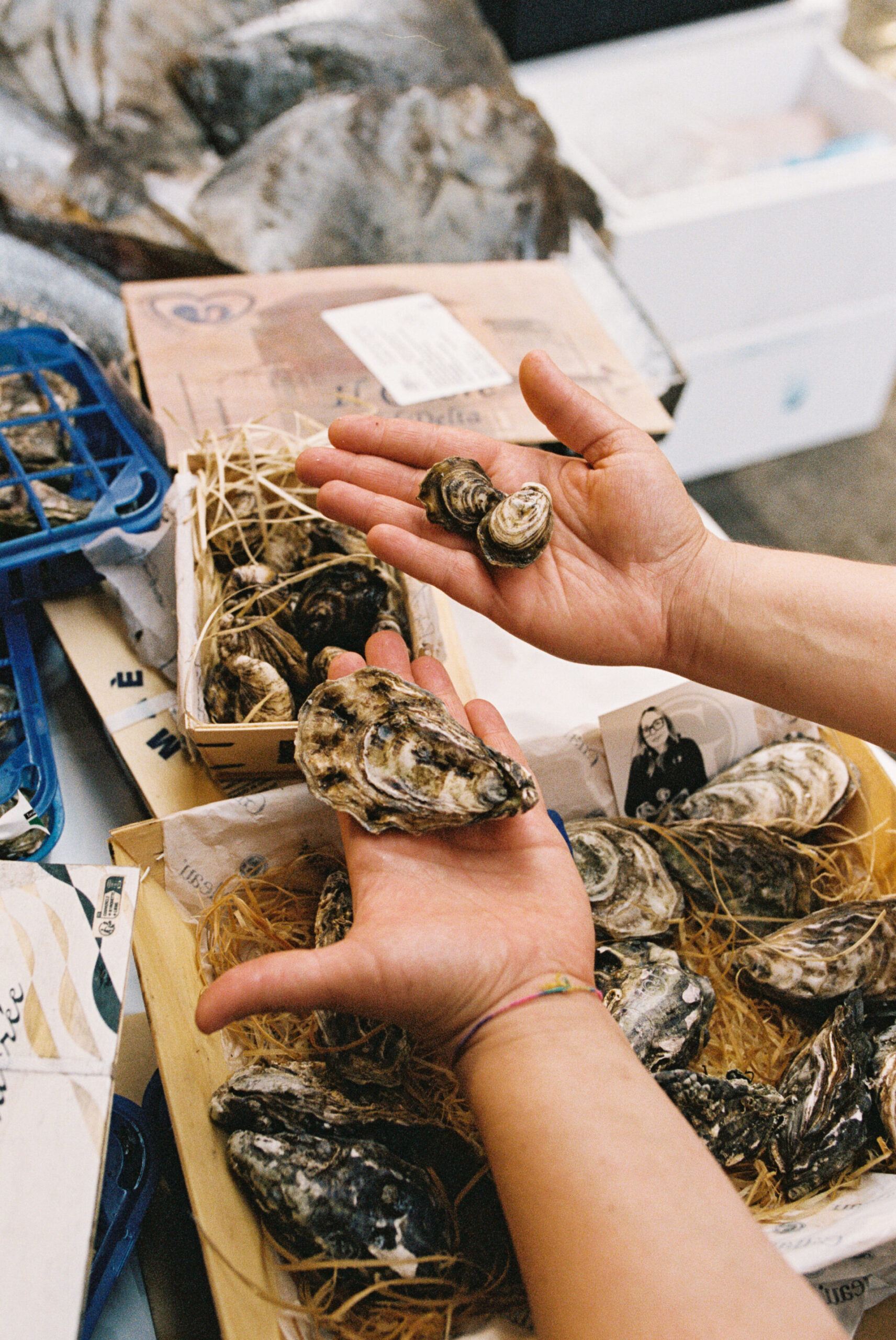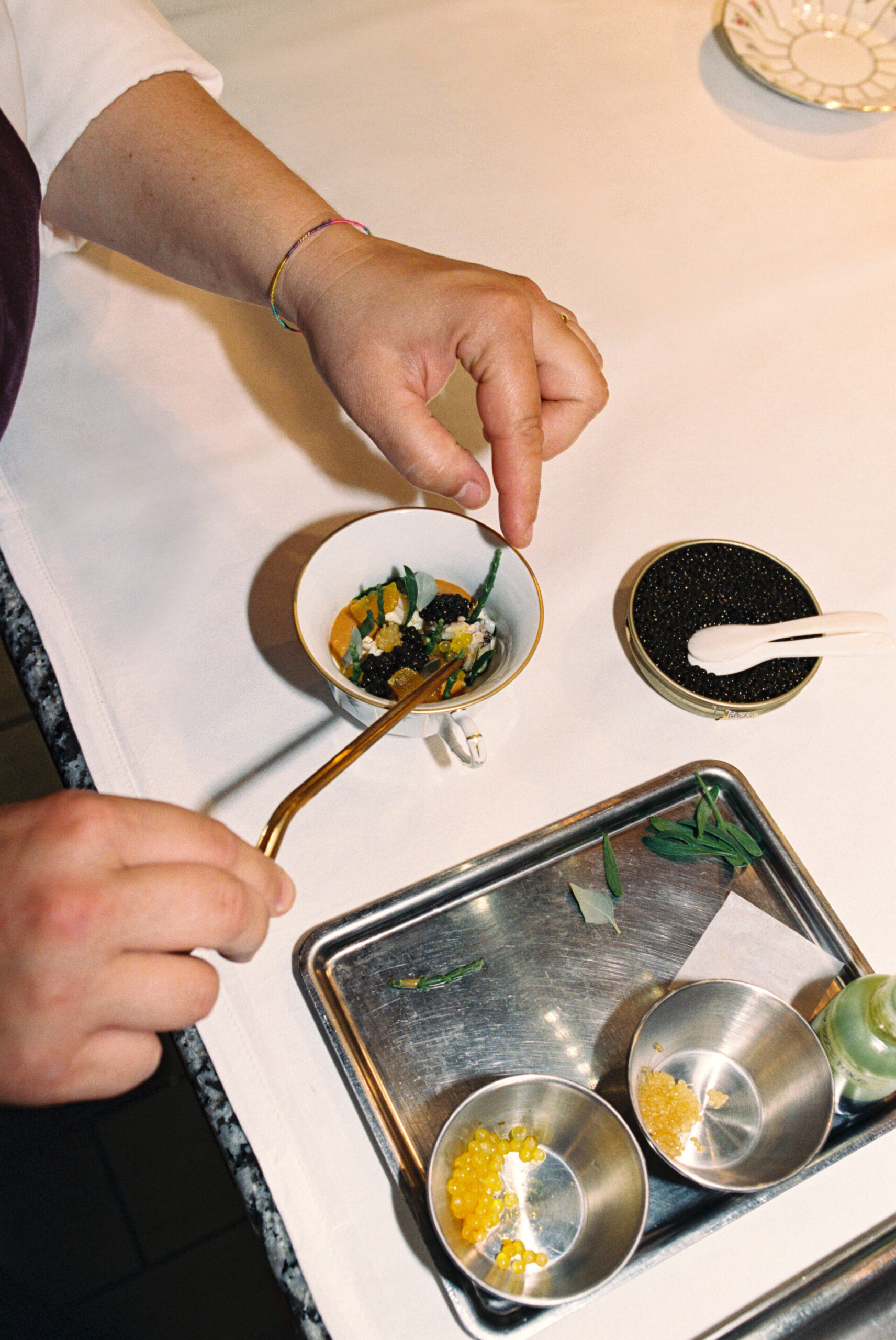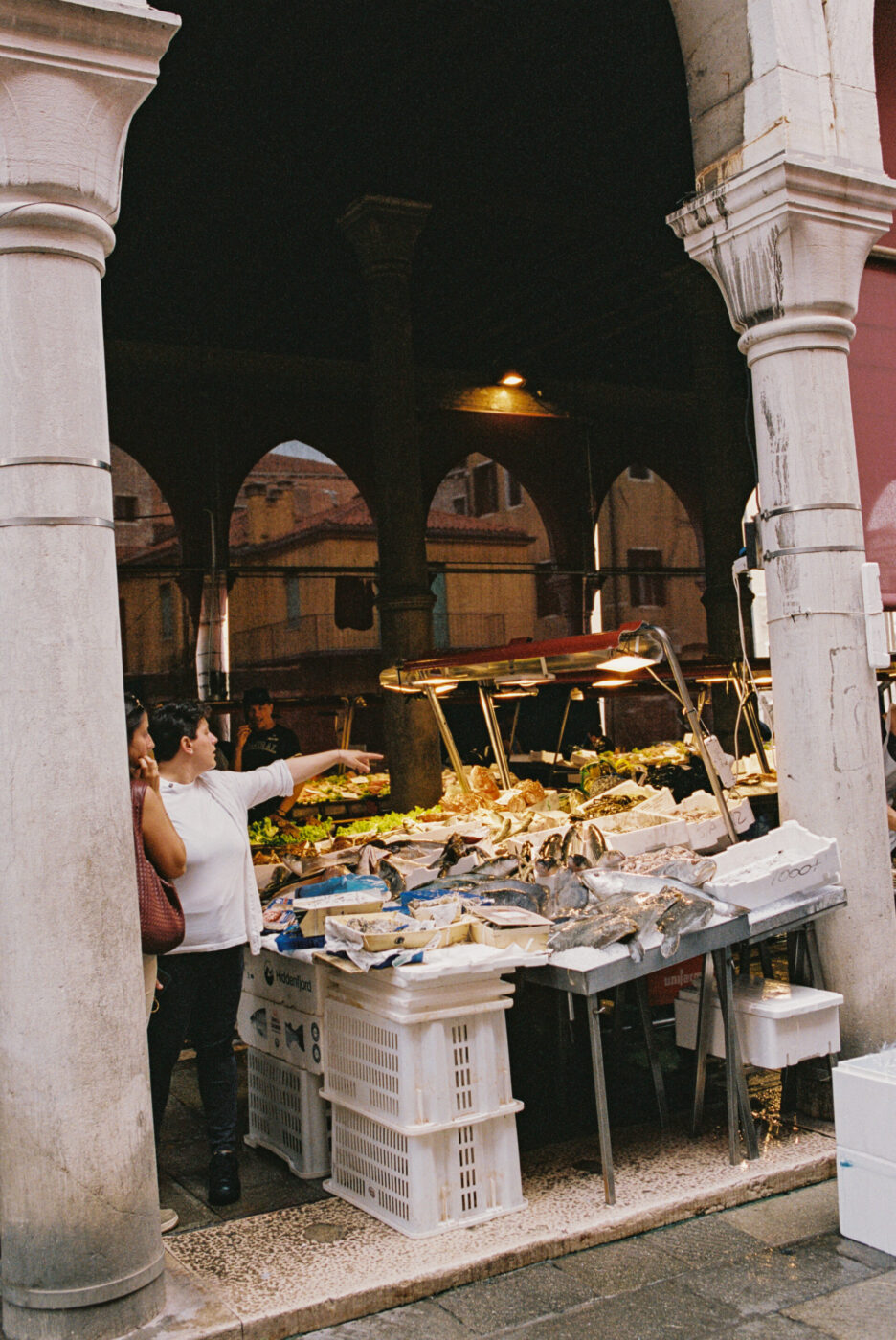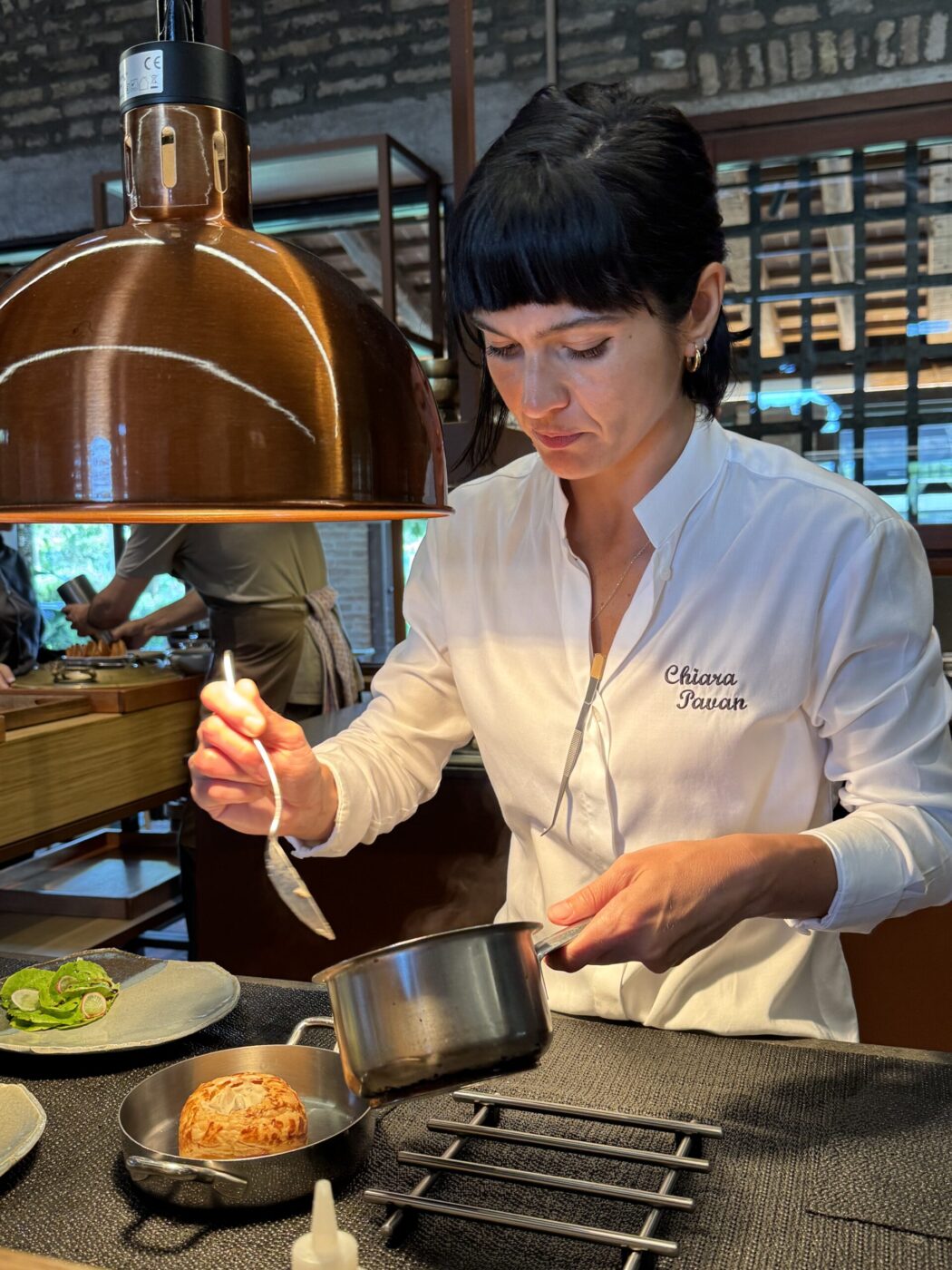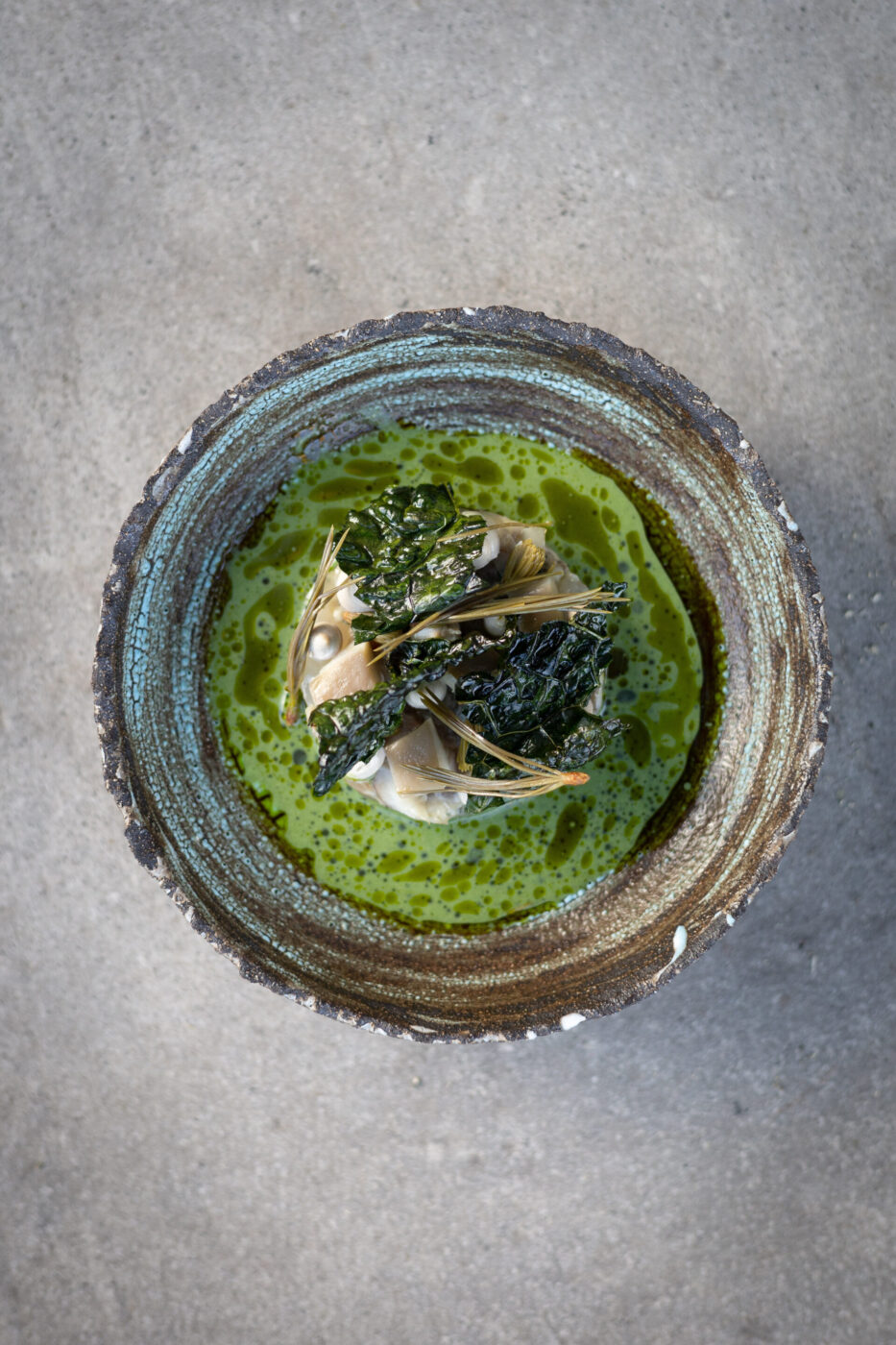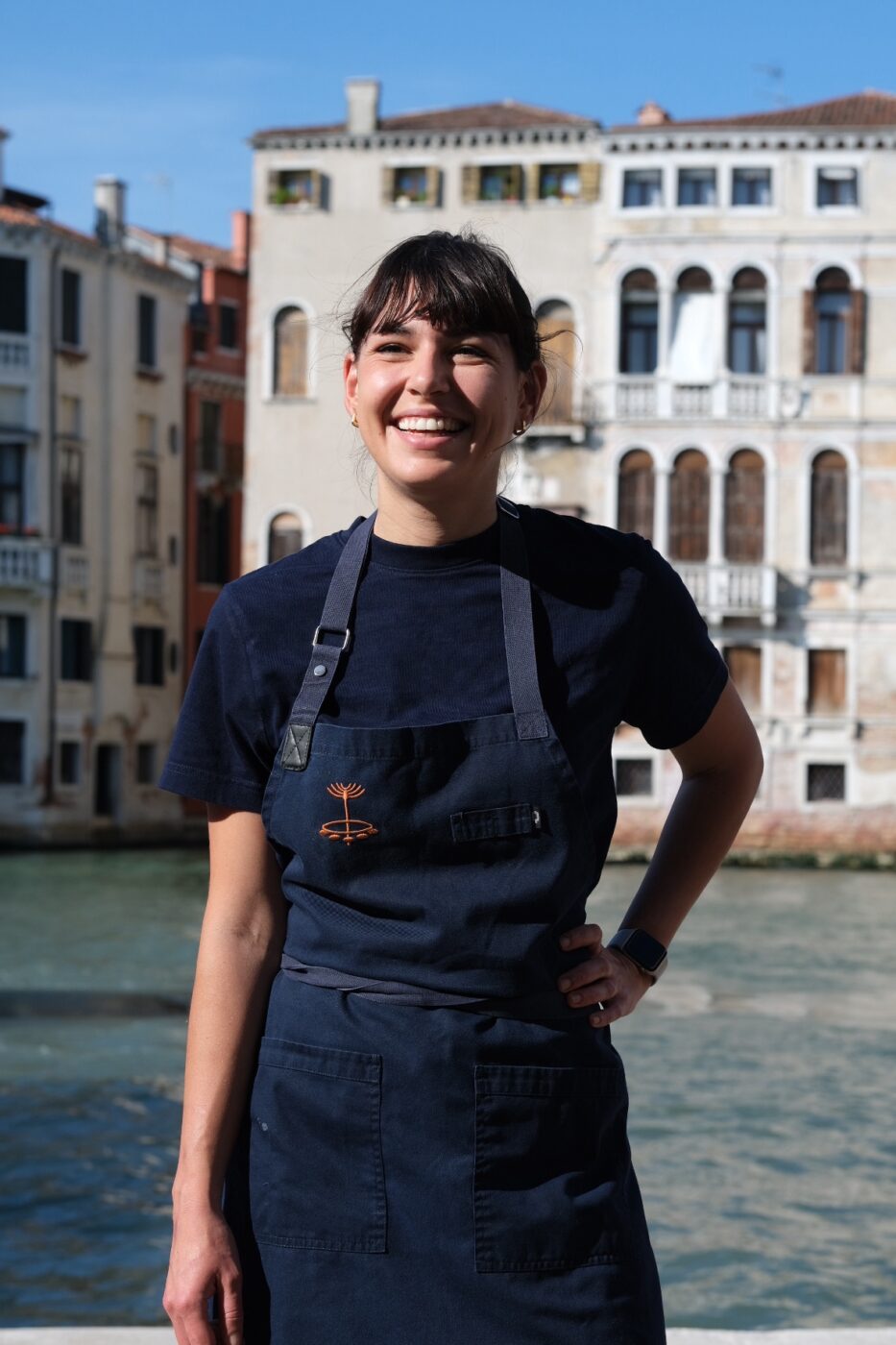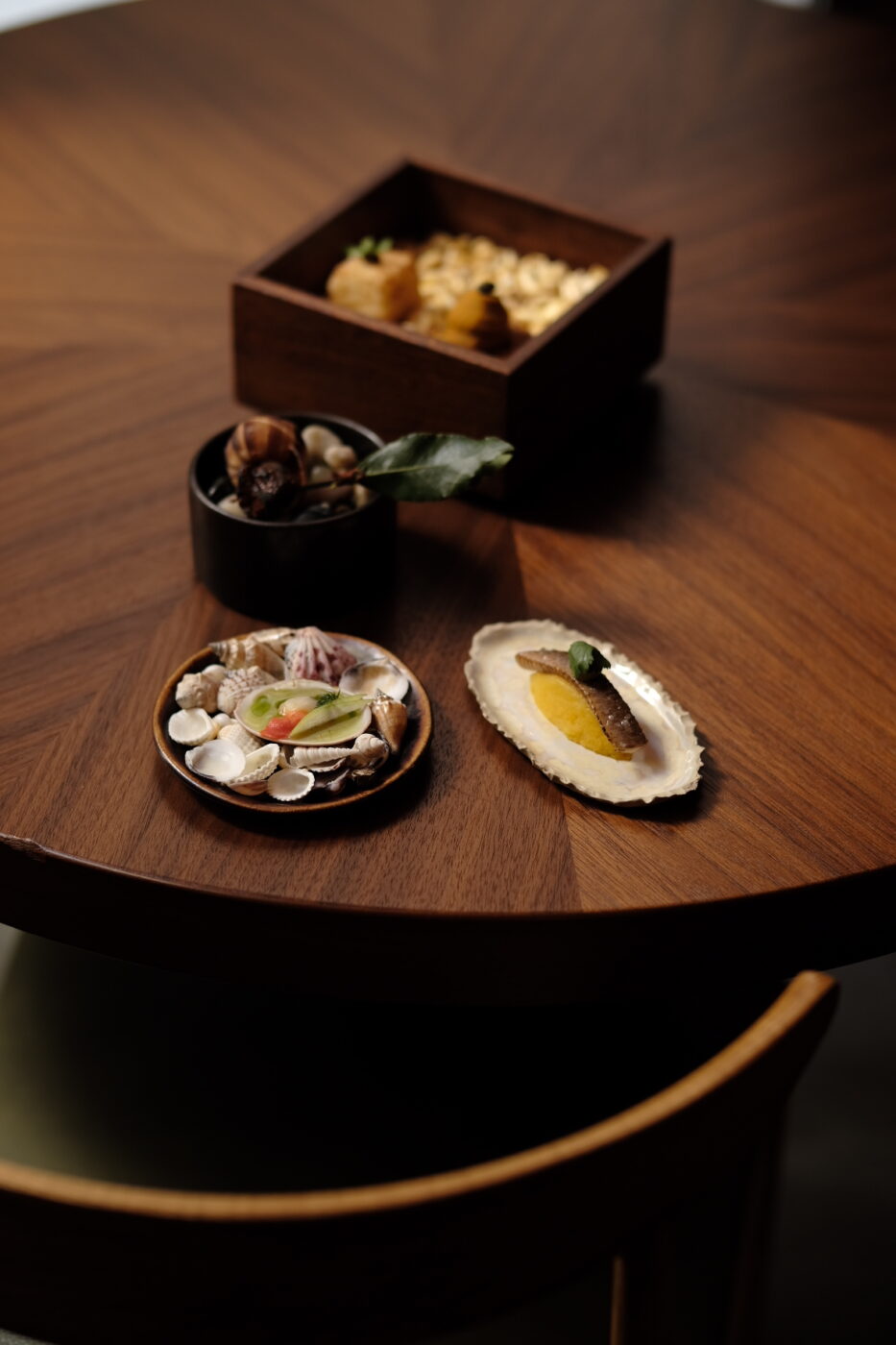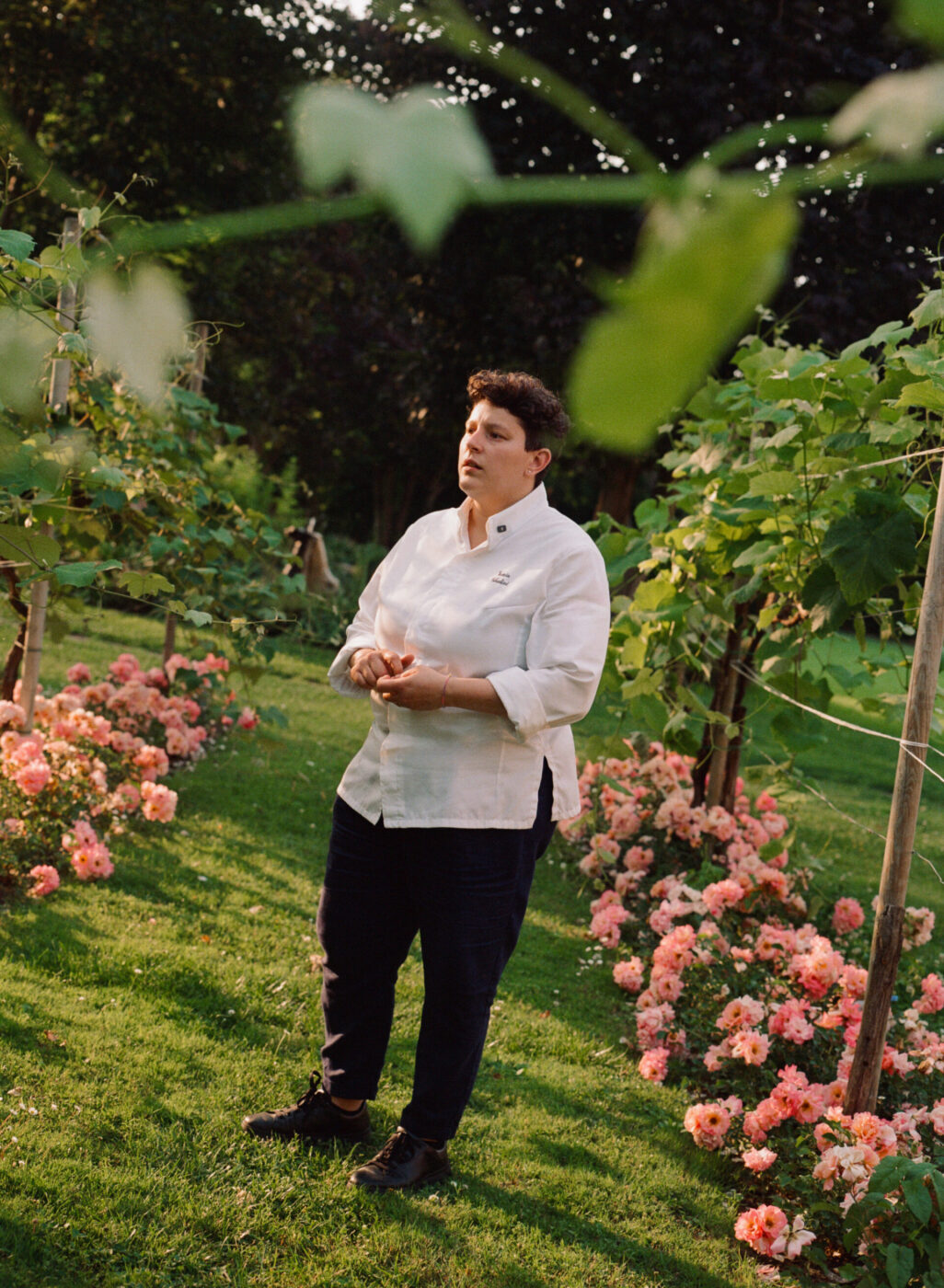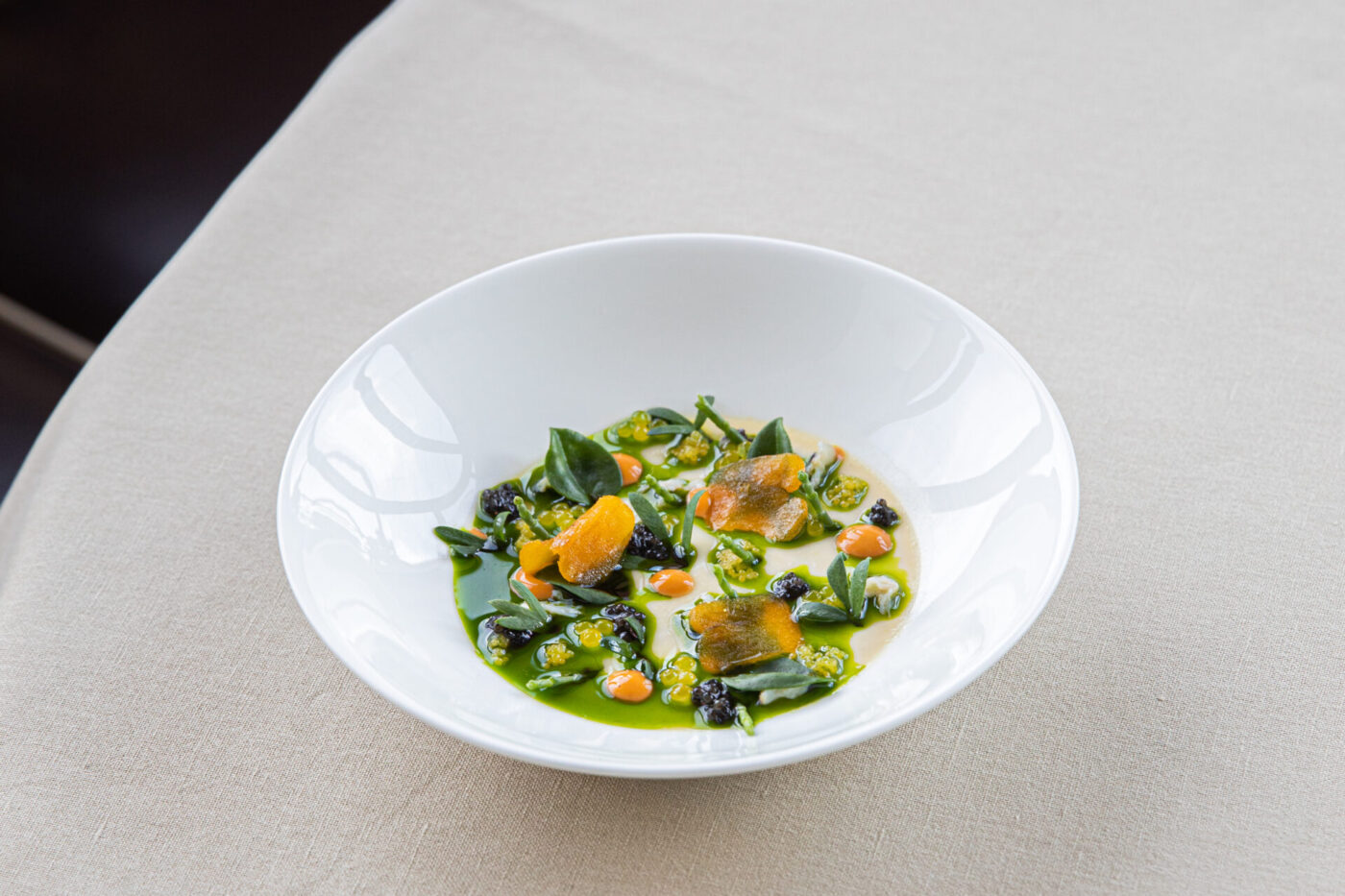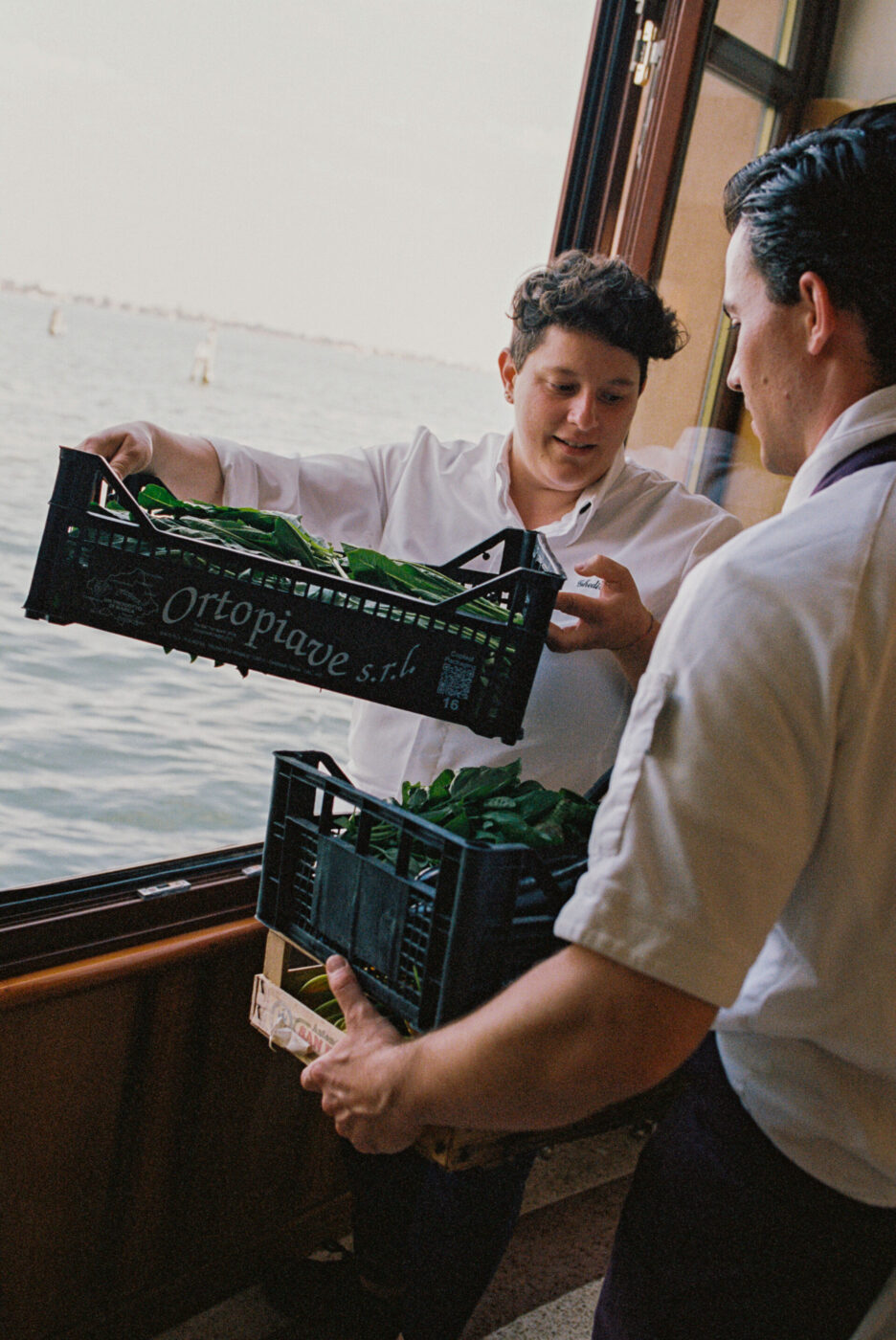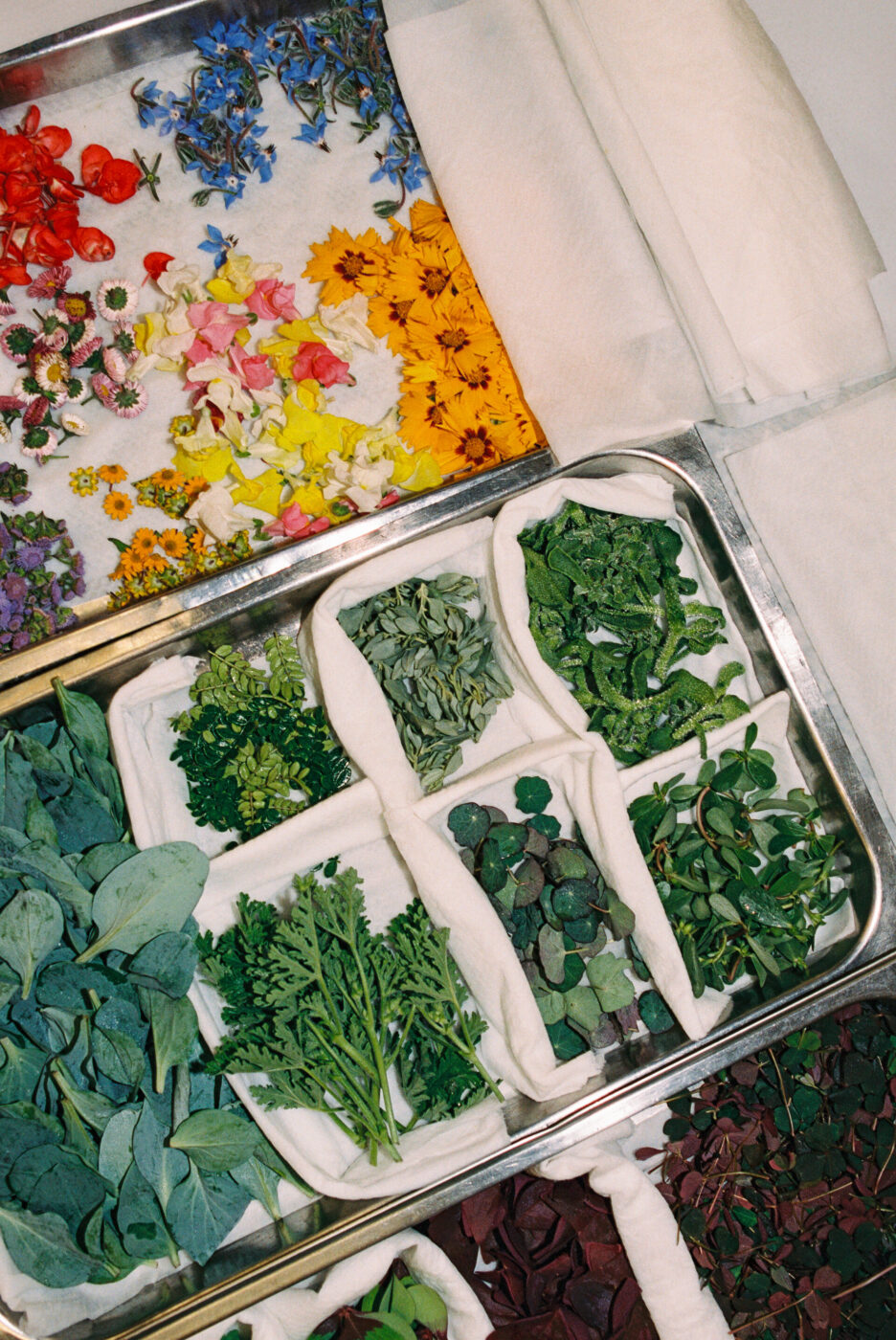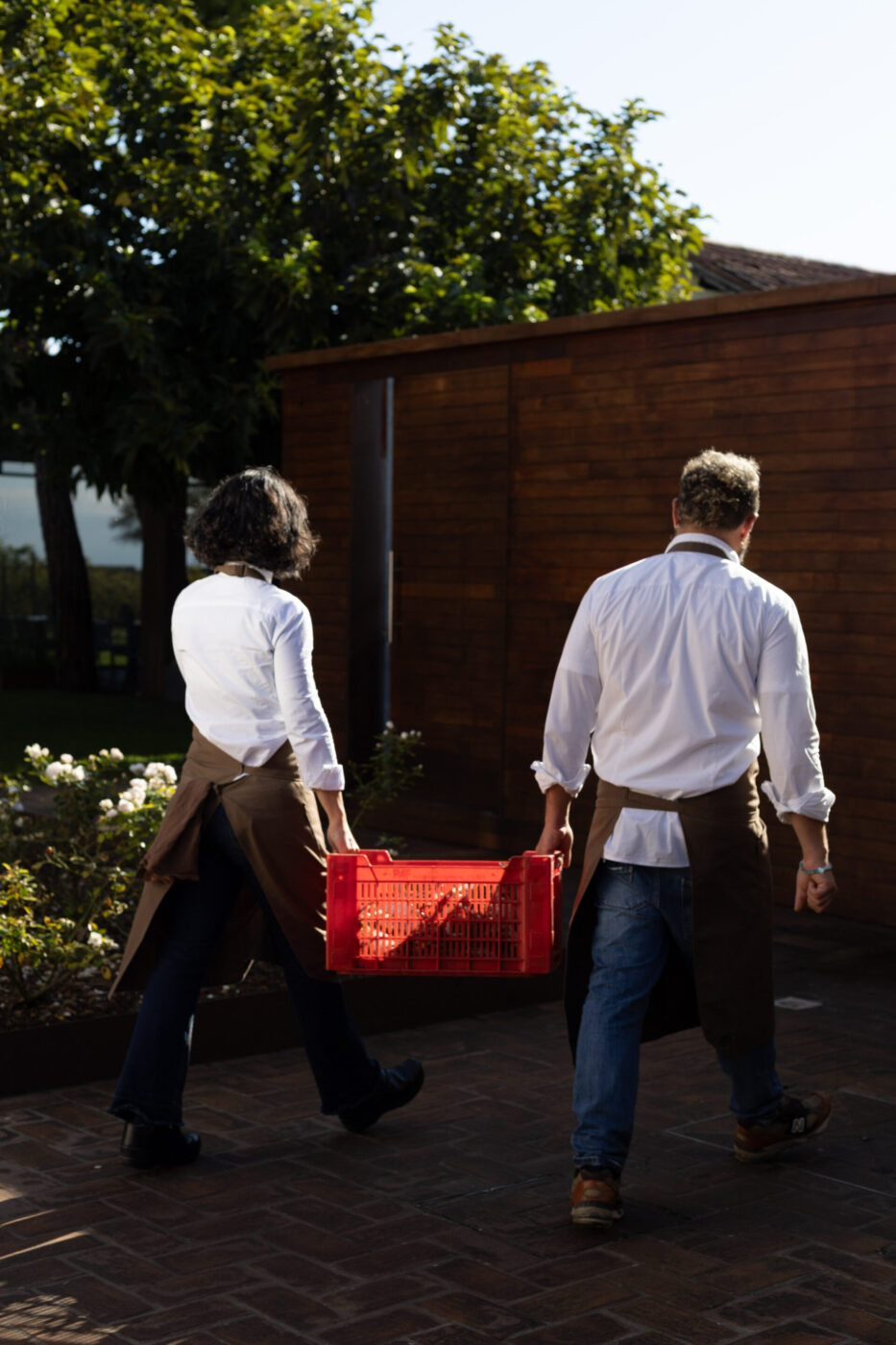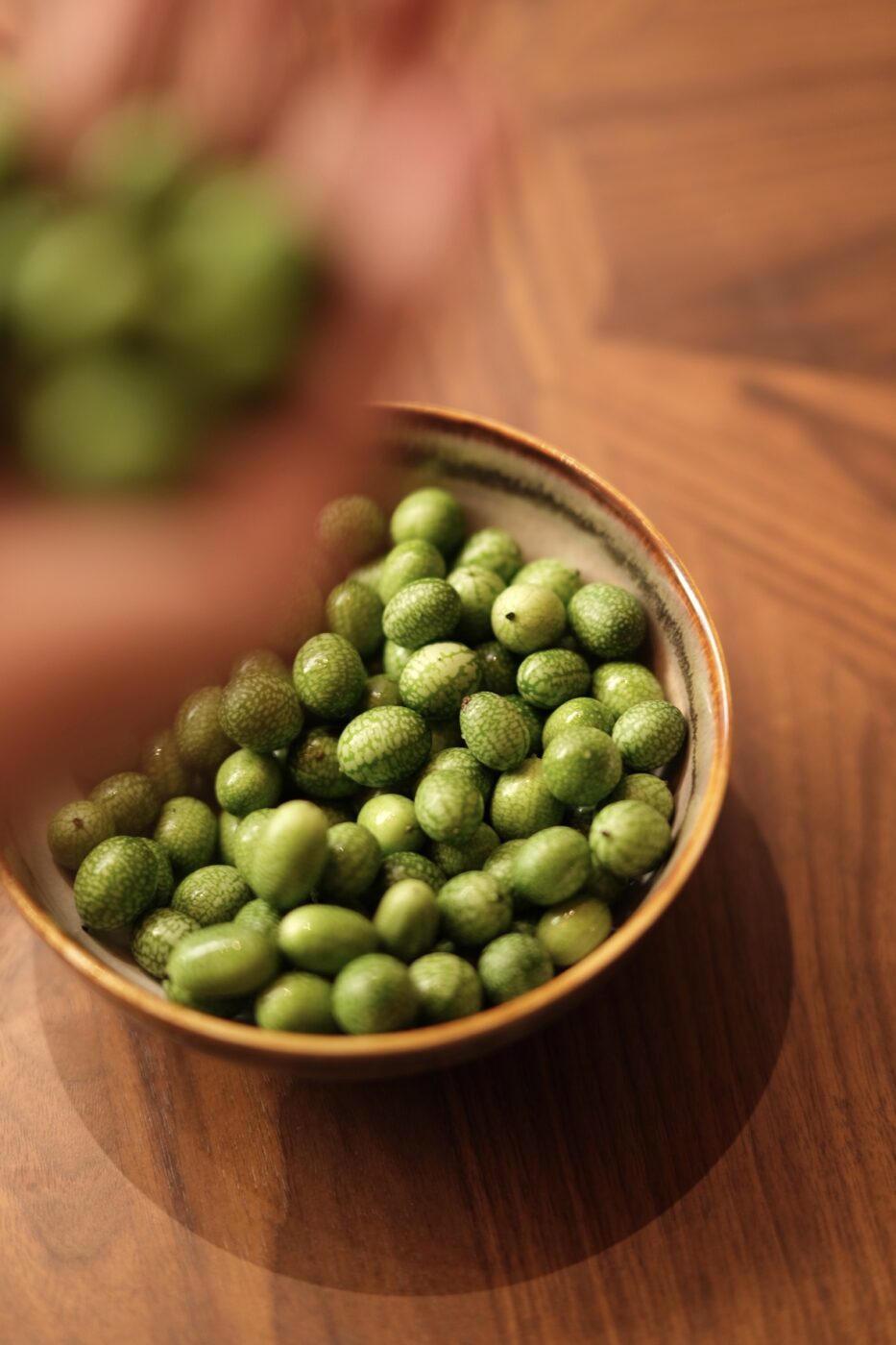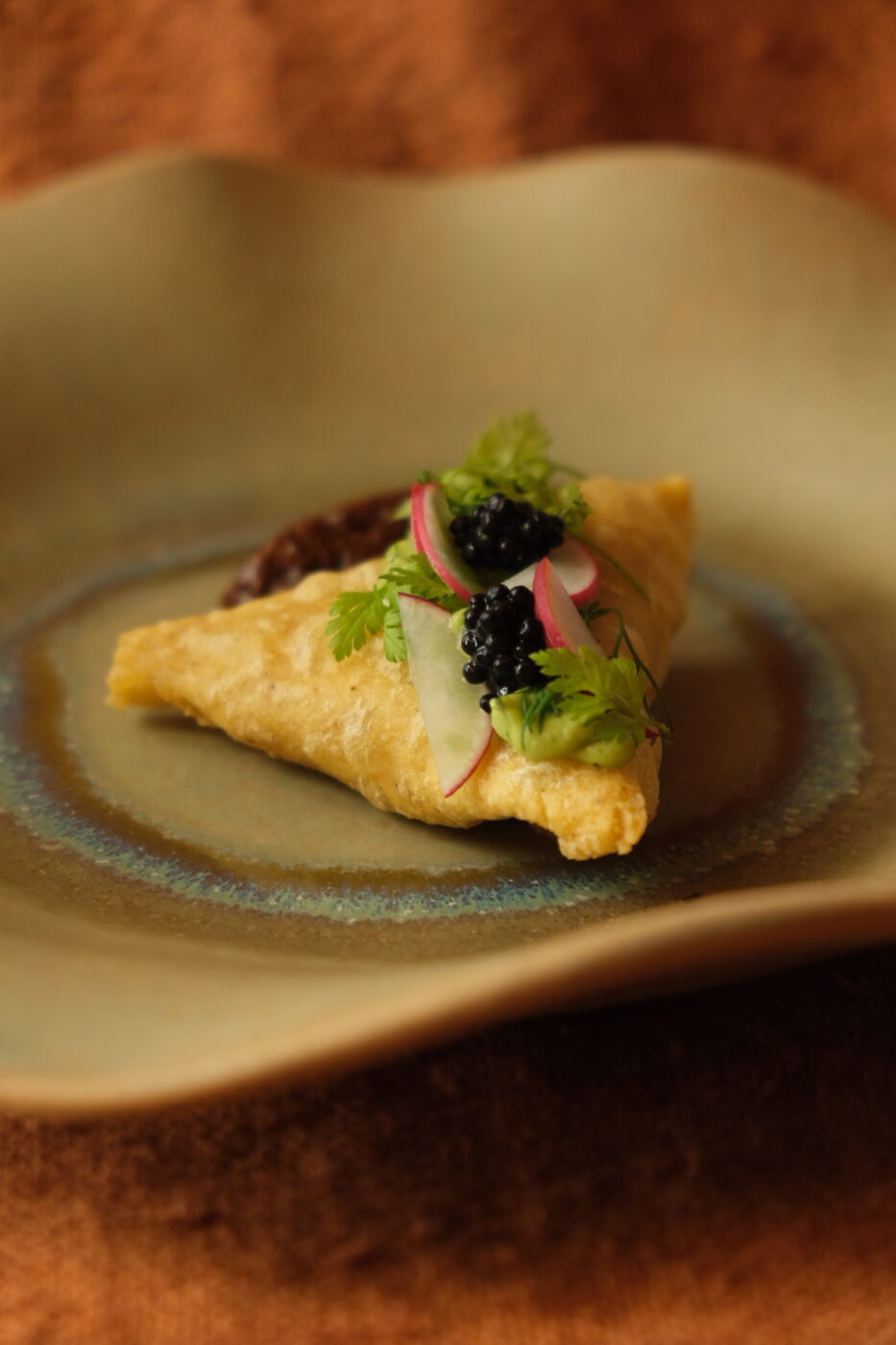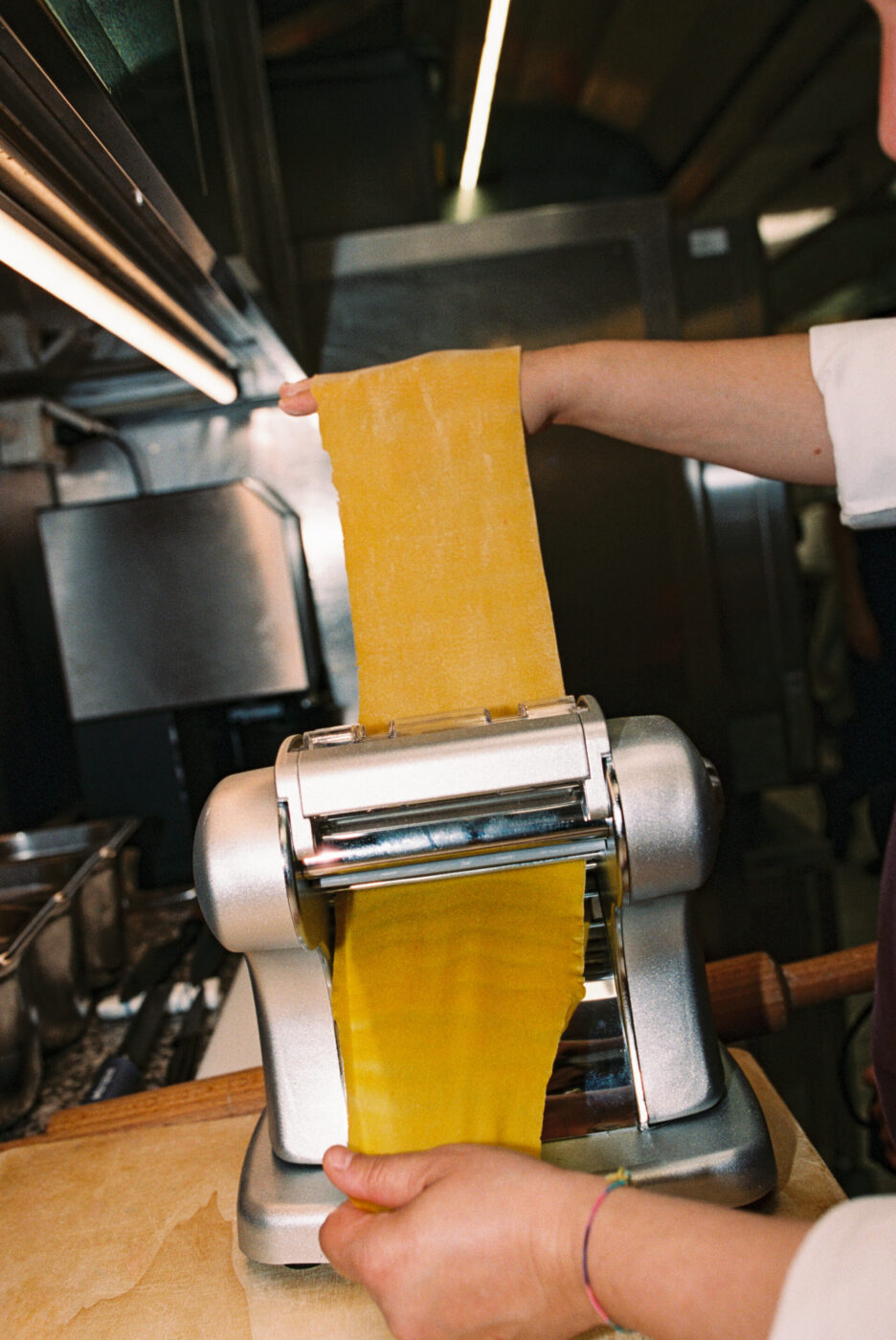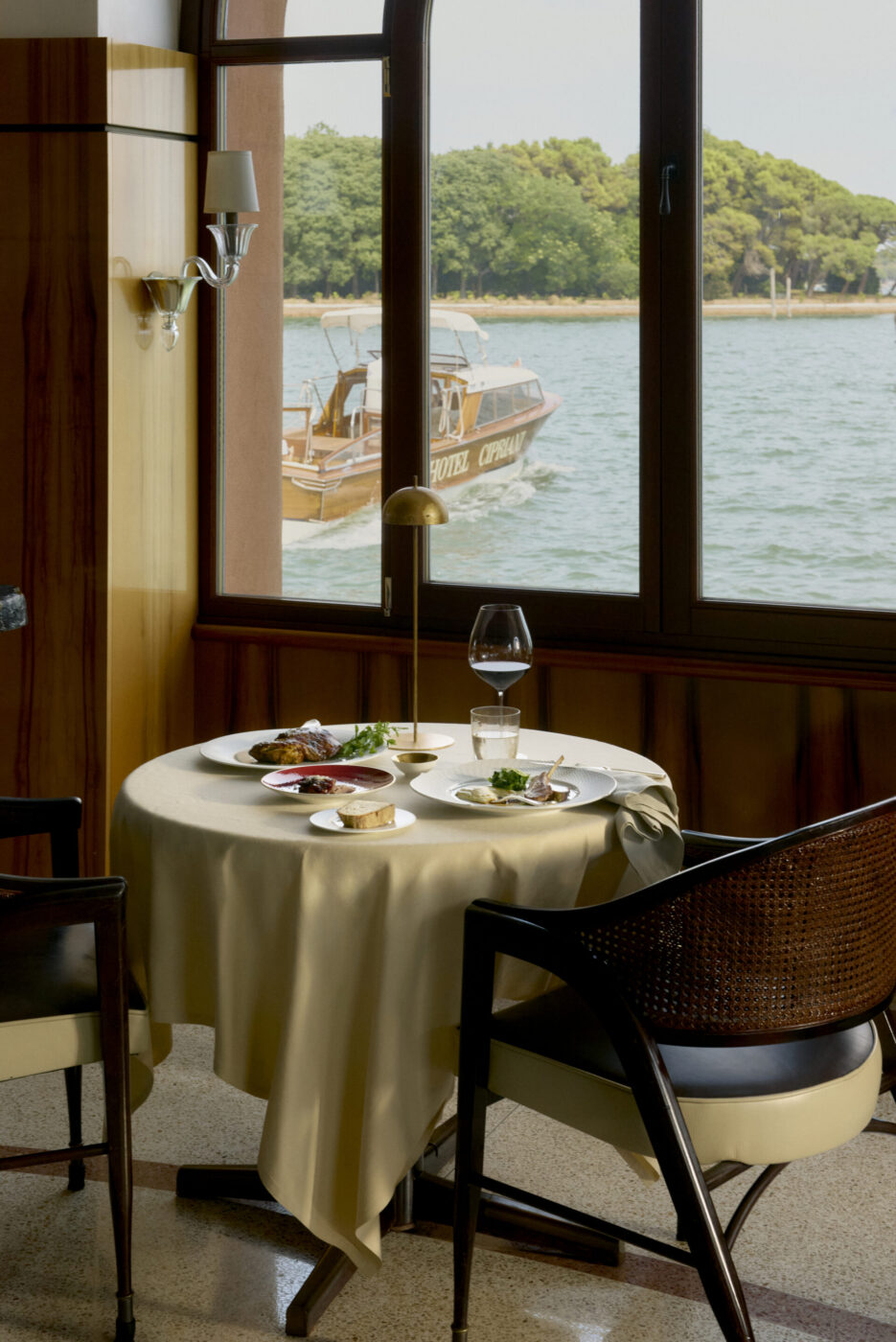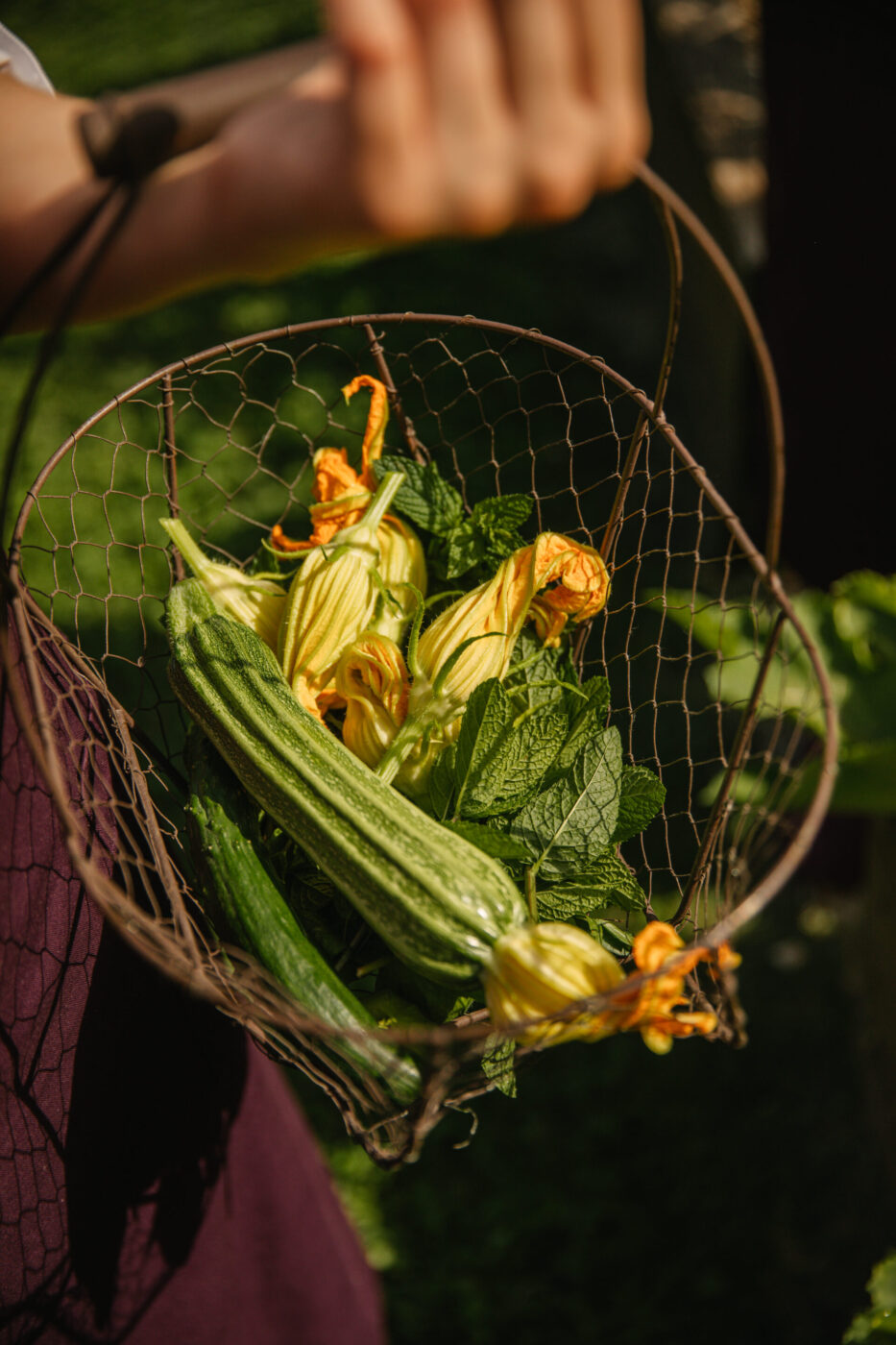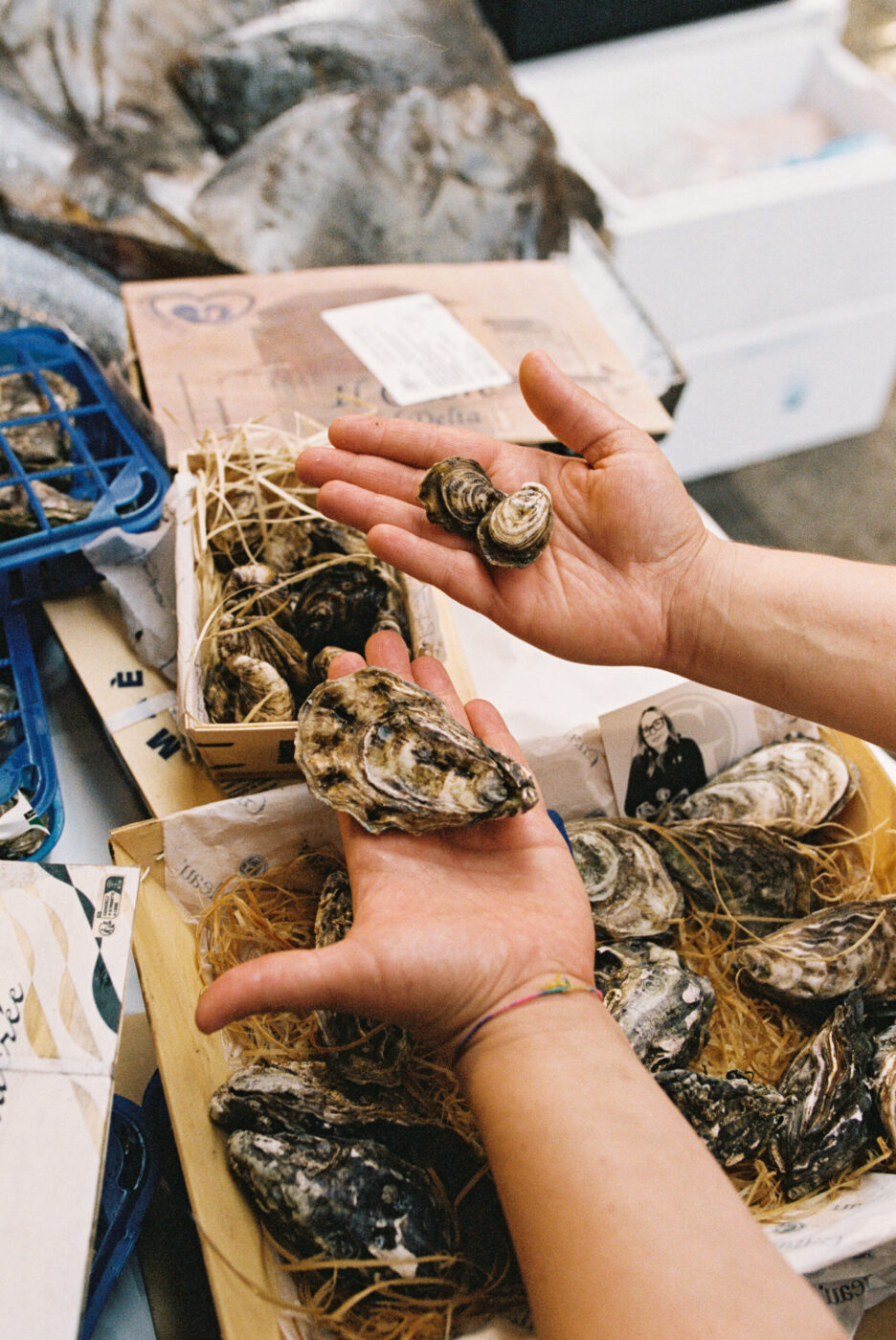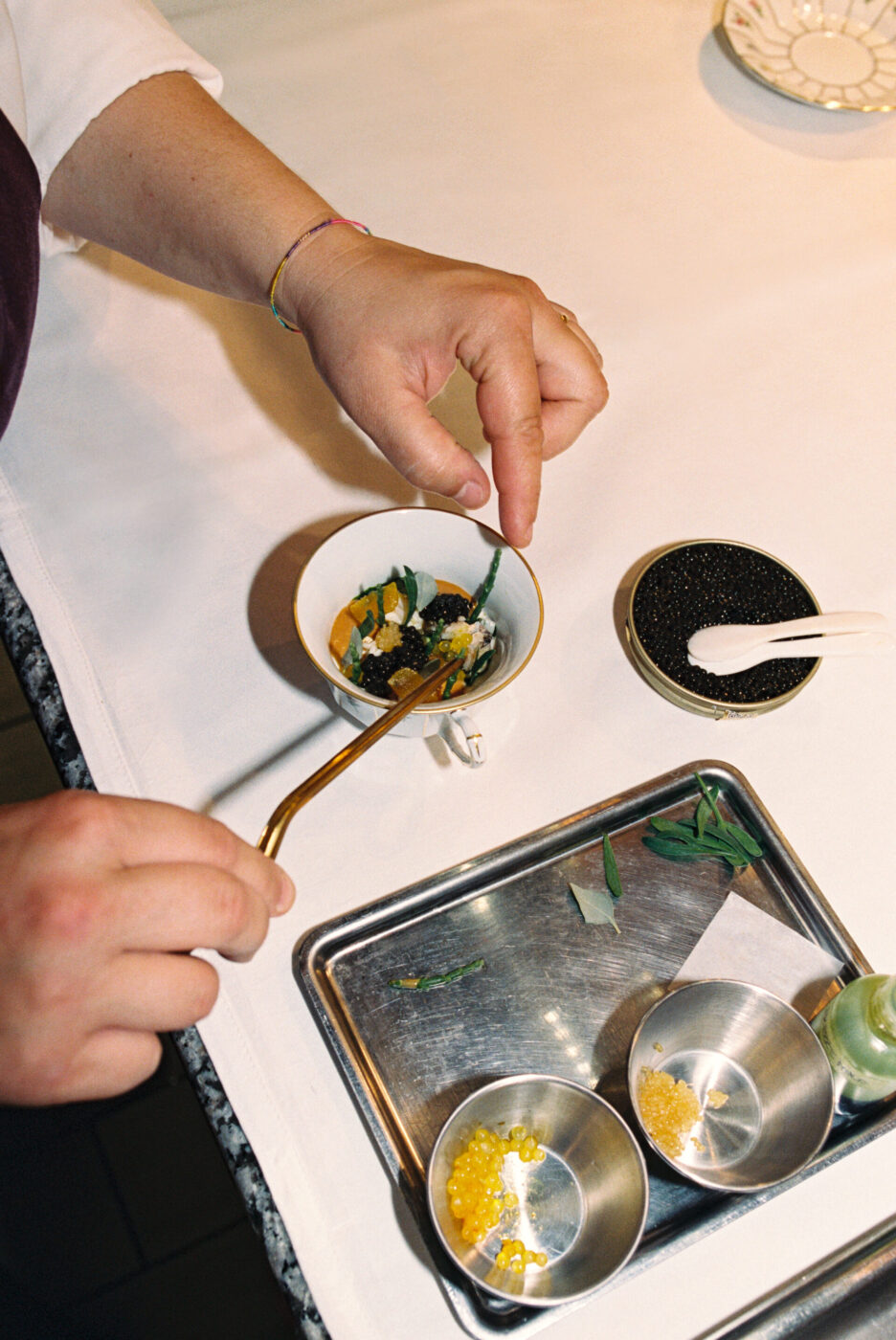Leave aside the tourist traps that taint Venice’s reputation, and you’ll find a dining scene largely split in two—two sides of the same story, complementary yet sometimes at odds. On one side are the traditional osterie and restaurants, where innovation takes a back seat to a deep reverence for locally sourced, seasonal ingredients. These establishments may not push culinary boundaries, but their commitment to quality and authenticity more than compensates for it.
On the other side, a new wave of restaurateurs is challenging convention, blending familiar flavors with modern accents and introducing fresh dynamism to the scene. Their approach—often shaped by international experiences and a willingness to experiment—reflects a broader, more global perspective and a tendency toward cuisine that defies classicism, embraces creativity, and seeks the new. Many of Venice’s fine-dining establishments belong to this category, handpicking elements from the region’s history and reassembling them through a modern sensibility and a strikingly personal lens.
In this evolving landscape, three voices stand out: Chiara Pavan of the acclaimed Green Michelin-starred Restaurant Venissa on Mazzorbo Island, whose environmental cuisine represents a beacon of modernity on themes connected to low-impact hospitality, research, and climate change; Vania Ghedini of Oro, the Michelin-starred restaurant at Cipriani, A Belmond Hotel on Giudecca Island, under the executive direction of Massimo Bottura; and Silvia Rozas, at the helm of the fusion establishment Bacan in Santa Croce, where contemporary dining meets the fresh flavors of Mexico and South America.
These three chefs are redefining Venice’s culinary identity with personal, sometimes political, and always compelling visions that spark both intellectual and sensory conversations. By championing sustainability, reinterpreting heritage recipes, and bringing fresh perspectives—including female leadership—to a traditionally male-dominated industry, they are shaping a new era of Venetian dining. Their kitchens celebrate the lagoon’s biodiversity, embrace hyper-local sourcing, and show that Venetian food can be both innovative and deeply rooted in its timeless waters. These are the women proving the city’s gastronomic future is as rich and dynamic as its past.
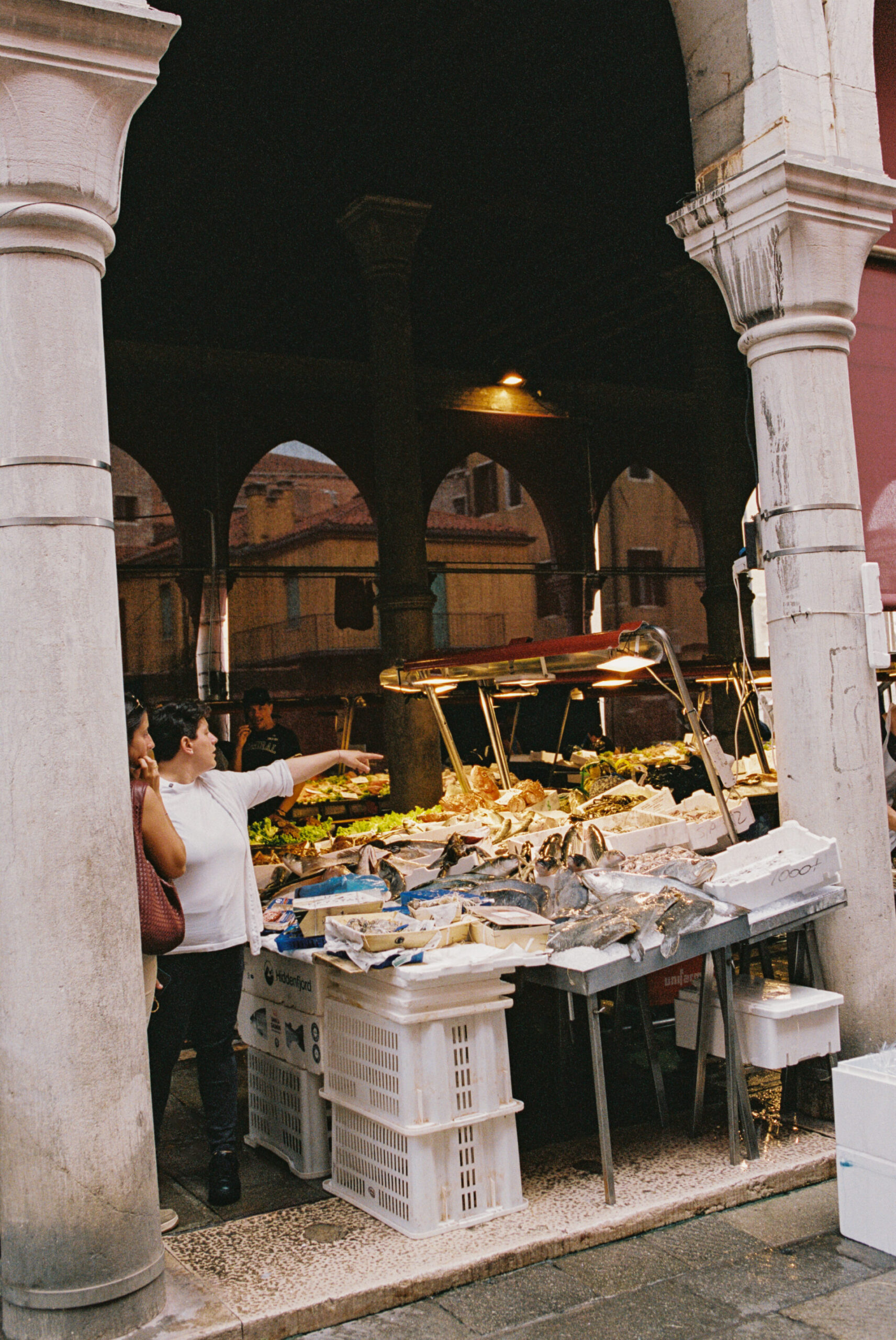
Photo courtesy of Belmond
Chiara Pavan, Venissa
With a background in philosophy and a subsequent shift to gastronomy and a training at ALMA, Chiara Pavan arrived in Venice in 2017. Alongside her partner Francesco Brutto, she took the helm at Ristorante Venissa on the island of Mazzorbo in the Venetian lagoon. Their collaboration has shaped Venissa into a restaurant deeply rooted in sustainability and innovation, drawing directly and almost exclusively from the lagoon’s offerings for their supplies. Her approach to cuisine is what she describes as “environmental,” a philosophy that intertwines aesthetics, ethics, and political awareness. More than just a focus on organic, locally sourced ingredients, it is a response to the fragile ecosystem that surrounds her—a place of beauty, struggle, and transformation. Some standout creations that have embodied this vision over the years include the blue crab triptych—featuring blue crab tartare served au naturel, blue crab whipped butter, and blue crab pancakes—and dishes built around the invasive giant sea snail rapana venosa, treated like a fine fillet and served, depending on the season, alla cacciatora or with a green pepper sauce. Another longstanding signature is the green ravioli with bitter leaves, made using foraged herbs from the Venissa estate.
“You know, [the lagoon] has never really given me a ‘Wow’ effect. I never thought it was breathtaking,” she reflects. “People arrive and say, ‘Oh my God, what a wonderful place.’ But honestly, maybe the lagoon just doesn’t have that effect on me. Then, over time, I started to see it as a very complex place, one that somehow exudes a sense of struggle.” Living and working in the lagoon has exposed her to its rapid and unsettling changes. The area once had a thriving fishing community, but over the years, she has witnessed its dramatic decline. “There were 100 fishermen 20 years ago; now there are 20. That isn’t just a social shift—it’s happening because there are no fish left. That, to me, is shocking.”
Such transformations are not just statistics; they are visible in the water, in the landscape, in what can and can’t be sourced from the lagoon anymore. “Ten years ago, there were eels, then they disappeared. Then the cuttlefish vanished. People used to collect baby cuttlefish in July, but now they don’t—because they’re gone.” The more she observed, the more her cooking became a reflection of the place itself. Her response to this reality has been twofold. First, an aesthetic one—creating dishes that capture the essence of the lagoon, not only in flavor but in color, scent, and texture. “The place felt so unique, so peculiar, that at a certain point, it became necessary to express it through the dishes—through taste, but also visually, through scents, textures, and flavors. The goal was to let people experience the place through food.”
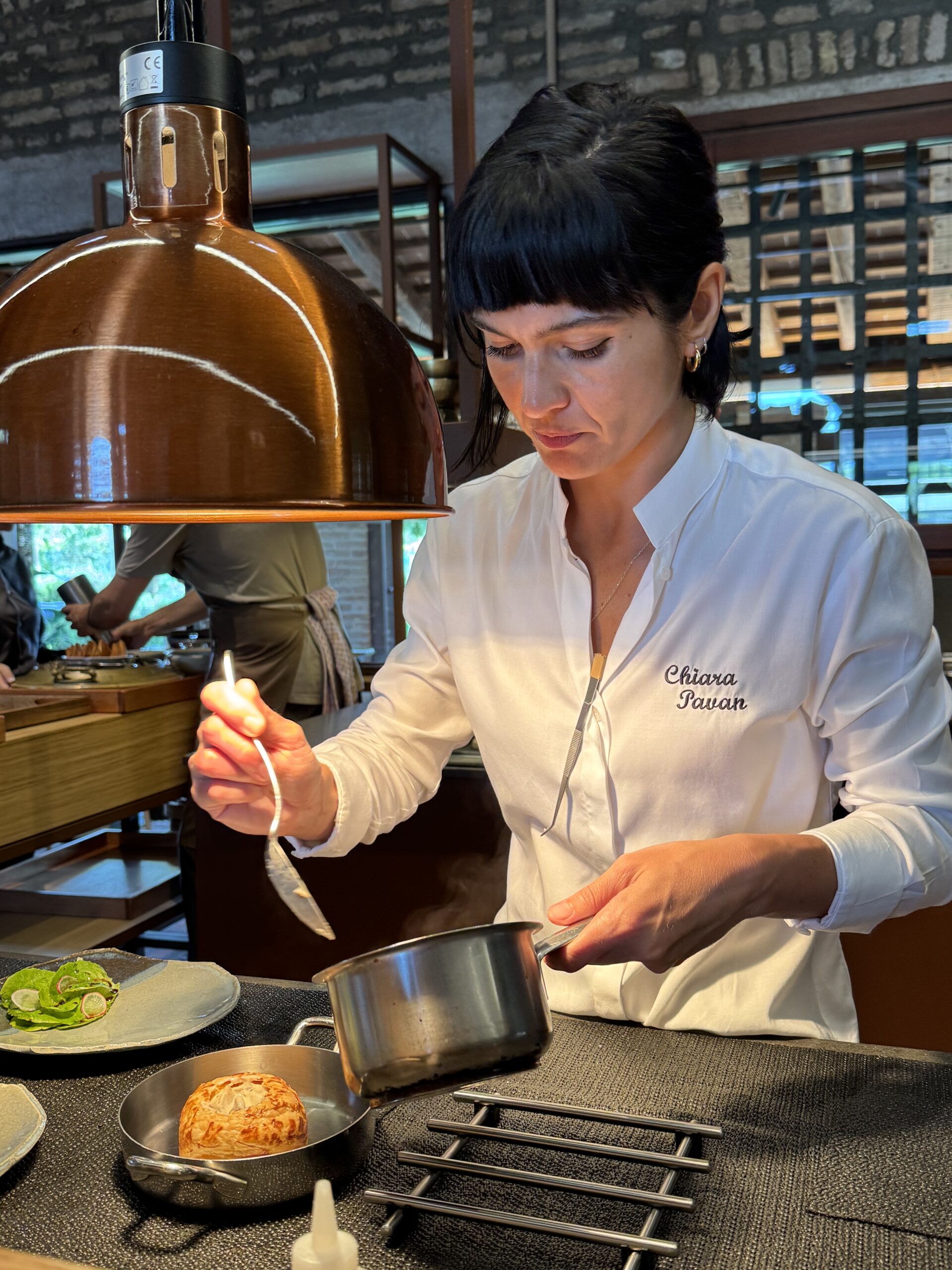
Chef Chiara Pavan; Photo courtesy of Venissa
That meant working with hyper-local ingredients: halophyte herbs, whelks, shellfish, and the salt-tinged vegetation of the lagoon’s edges. At Venissa, her dishes tell a story of place—of survival, adaptation, and the forces shaping the local environment. The second response was ethical and political: reducing meat consumption and addressing the biodiversity crisis in the seas. “For a long time, I had been reading about how food production and the way we eat impact climate change. So at first, I remember deciding that we wouldn’t serve meat anymore. That was the first step.” Much of this awareness was sharpened through her relationship with local fisherman Domenico. “He started bringing me blue crabs. Then he brought me jellyfish. He told me how one year there was a jellyfish invasion, and the next year, an invasion of sea walnuts—an invasive species that isn’t even edible.” The changes in the lagoon were happening right before her eyes, and through her dishes, she wanted to make diners see them too.
In a city where tourism dominates, creating a cuisine that asks deeper questions has not been easy. “People visit Venice like it’s an amusement park. When they come here to eat, I realize I slap them with a reality that is actually quite grim.” However, she refuses to turn her cooking into a lecture. “I never make it a tragic story. Instead, I try to offer a response through great-tasting food.”
At first, the message of sustainability and environmental awareness resonated strongly with guests. But now, she notices a shift. “People are getting tired of hearing about sustainability and climate change. There’s a backlash, a saturation. It’s like, ‘Let’s live like there’s no tomorrow.’ So now I’m more careful about how I communicate the message. The practice continues, but the storytelling changes.” She sees a need for greater education—not just for the public, but within Venice itself. “People talk about sustainability, but then they serve amberjack from southern Italy. There needs to be real awareness-raising efforts, which don’t exist right now.”
“The local community isn’t united. They argue all the time. Venetians struggle to form cooperatives. That’s the issue with agriculture here—it used to be strong, but now it’s in steep decline.”
Despite these obstacles, she remains committed to her vision. “I think we were pioneers in putting the lagoon, the environment, and its unique colors and elements at the center of our cuisine. I have the confidence to say that we set a model in that regard.” Ultimately, she believes change will come not from grand declarations, but from small, grassroots efforts—individual chefs, producers, and activists working together. “If there’s anything worth preserving, it’s the culture and the community. Because, in the end, it’s these bottom-up movements that create real connections. That’s what we can hope for.”
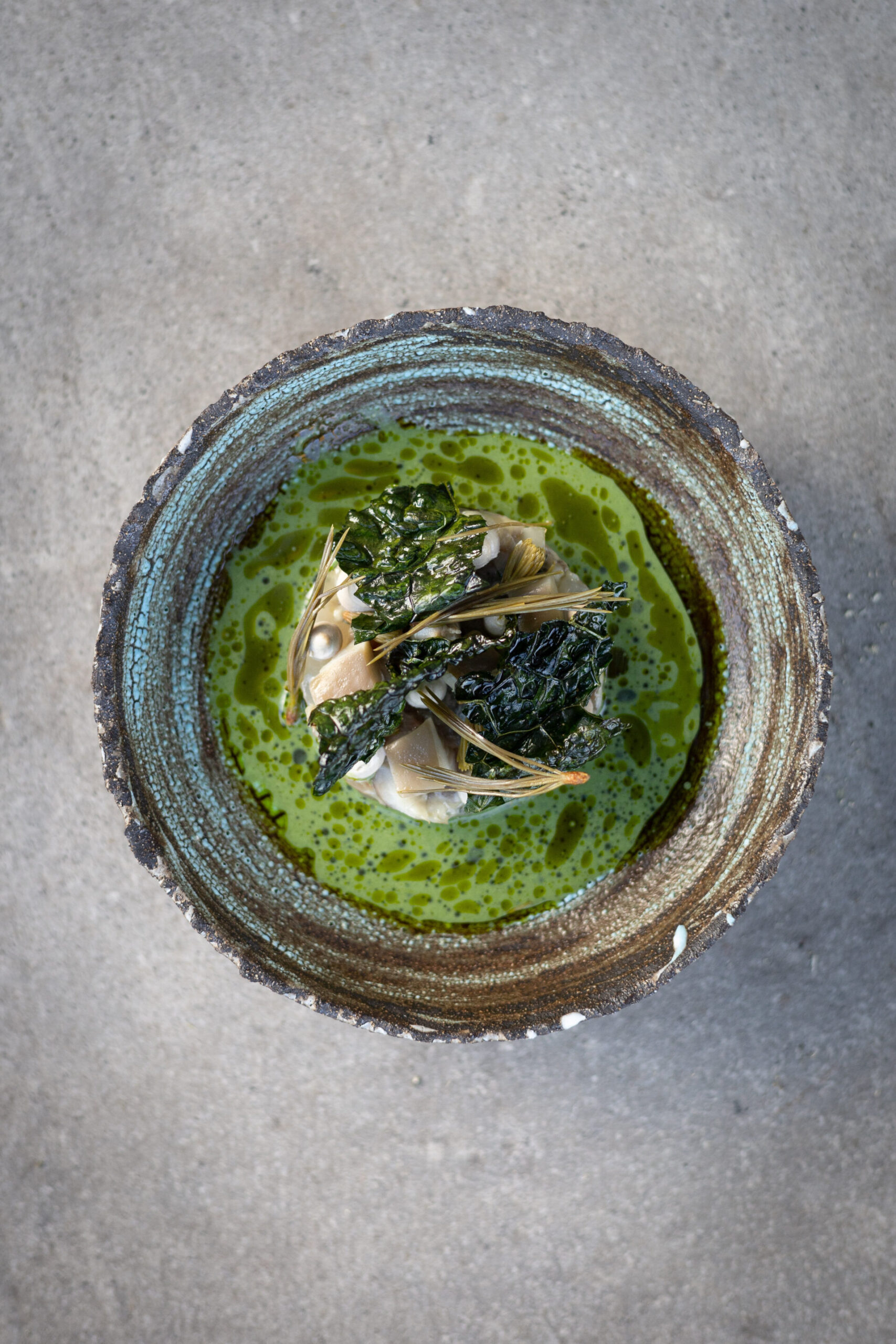
One of Chef Chiara's dishes at Venissa; Photo courtesy of Venissa
Silvia Rozas, Bacan
Originally from Bilbao and trained at the Basque Culinary Center, Silvia Rozas arrived in Venice with her partner, Marco Zambon, at the height of the COVID-19 pandemic. The city was eerily empty, its markets shuttered, and its hospitality industry at a standstill. With no prior knowledge of the area or its suppliers, Silvia and Marco had to start from scratch, forging relationships with local producers and discovering what the lagoon had to offer. “Everything was closed, and it was hard to find ingredients,” Silvia recalls. “But little by little, we connected with the lagoon and its possibilities, discovering small gems that enrich our culinary offering.”
After taking over the kitchen and menu of Marco’s family business, Birraria La Corte, the couple went on to open Bacan in 2023, a Latin American restaurant and mezcalería that straddles the line between casual and fine dining. With Bacan, Silvia is carving out a space for a more dynamic and contemporary approach, offering something she felt Venice had been missing: an accessible yet creative dining experience, rooted in high-quality ingredients but unafraid to experiment. “We wanted to offer an accessible, fun, and different gastronomic experience,” Silvia explains. “Venice was lacking this approach, and our goal was to stand out from a scene that is often monotonous.”
Drawing on her experience at world-renowned restaurants like Noma and El Celler de Can Roca, Silvia has built Bacan’s menu around two pillars: staple signature dishes and an ever-evolving tasting menu, which she describes as “our zone of creativity.” Her cooking is shaped by three key elements: technique, which enhances the ingredient; flavor, with a particular focus on acidity; and local products, reinterpreted through an international lens. “It’s not fusion, but evolution,” she says. “We create an international offering based on local research.”
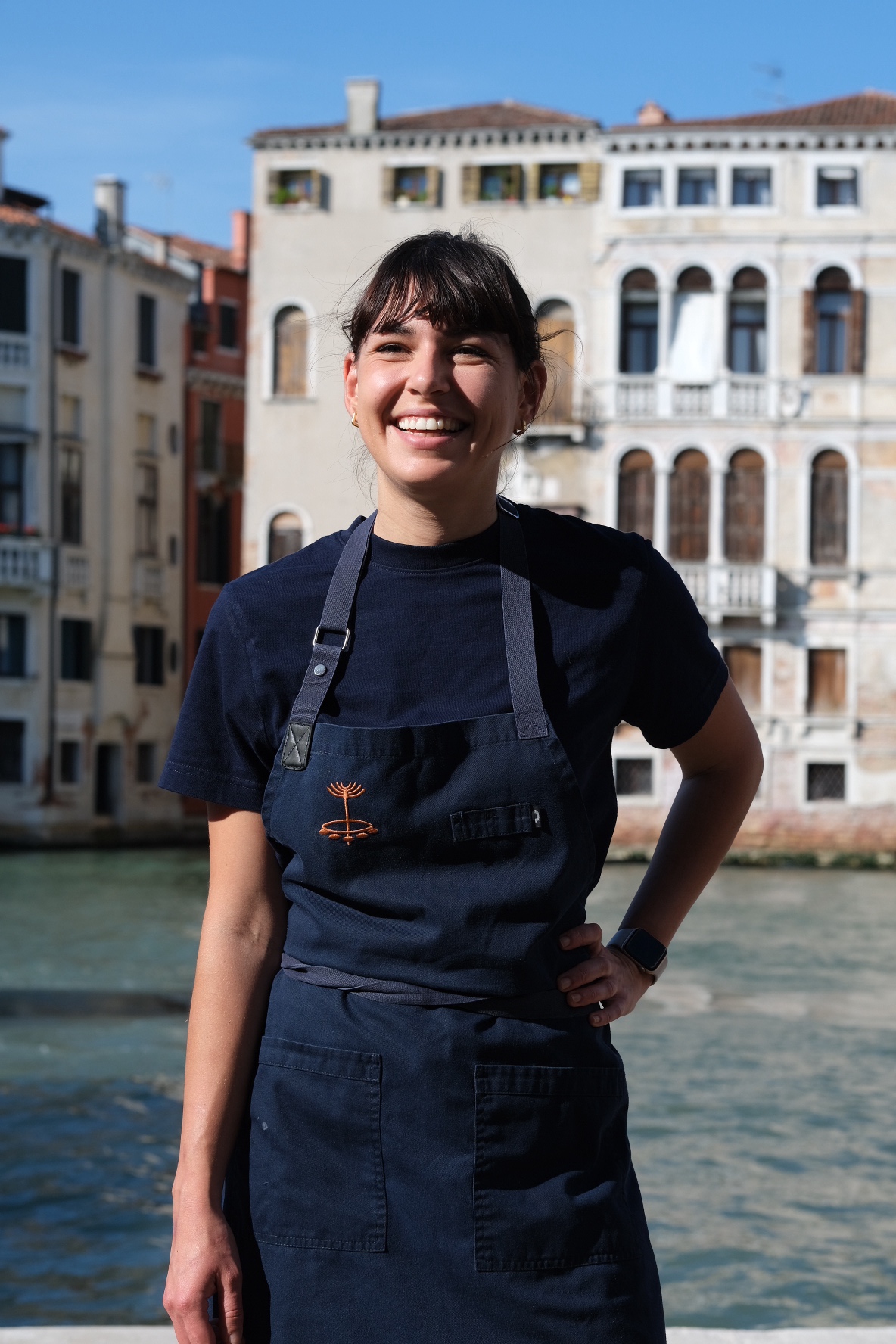
Chef Silvia Rozas; Photo by Benedetta Anghileri
Among the highlights are dishes that reflect her ability to bridge terroir with exoticism. Guacamole with schie, a playful fusion of Venetian lagoon shrimp and Mexican flavors, has become a guest favorite. “A surprising dish, simple but highly appreciated,” she says. Another standout is blue crab with corn, a dish created for San Pellegrino that transforms an invasive lagoon species into a complex and thoughtful expression of cross-cultural cuisine.“Blue crab is abundant and versatile, alien to Venetians up until recently but fundamental in Mexican tradition. I wanted to bring that knowledge here and combine it with an ingredient, corn, that is common to both cuisines.”
Her mushroom mole, a reimagined version of Mexico’s iconic sauce, features seasonal mushrooms, snails, and halophites, served with tortillas. “We wanted to create a mole that respects tradition while telling the story of this unique marshland landscape.”
Despite Bacan’s success, Silvia acknowledges that reshaping Venice’s culinary landscape is no easy feat. The city’s eat-and-go tourism model presents unique challenges to anyone wanting to create something lasting and, most of all, different. With a shrinking local population, Bacan—and many other restaurants like it—must cater to a predominantly tourist clientele. This makes it even more crucial to craft an offering that is both compelling and accessible. “Visitors who come to Venice for just a few days aren’t open to experimenting with different cuisines; they prefer to go for traditional dishes,” she notes. Beyond the diners, there’s also resistance from the broader Italian gastronomic establishment. “Italian guides and critics struggle to accept ‘ethnic’ or innovative restaurants. There is a reluctance to recognize new culinary proposals.”
Beyond her work in the kitchen, Silvia’s biggest desire in moving to Venice with Marco was to find a community—to collaborate, get inspired, and share knowledge and conviviality. In Venice, she has become part of a growing movement of restaurateurs who want to push the local dining scene forward.“At first, it was difficult, but now we can see that there are more and more of us who want to create something different.”
Her commitment to fostering collaboration extends beyond Bacan. She dreams of strengthening this network through initiatives like Salsonica, a food festival held at Salso, the pop-up restaurant they ran on Isola della Certosa in 2024, where an ever-changing roster of chefs, food and wine producers from the region gather and offer a taste of their dishes and products in an informal, DJ-setted atmosphere on the waterfront. By reinterpreting tradition and fostering a community of chefs eager to experiment, Silvia is helping propel Venice into a new culinary era—one that is rich, diverse, and endlessly curious.
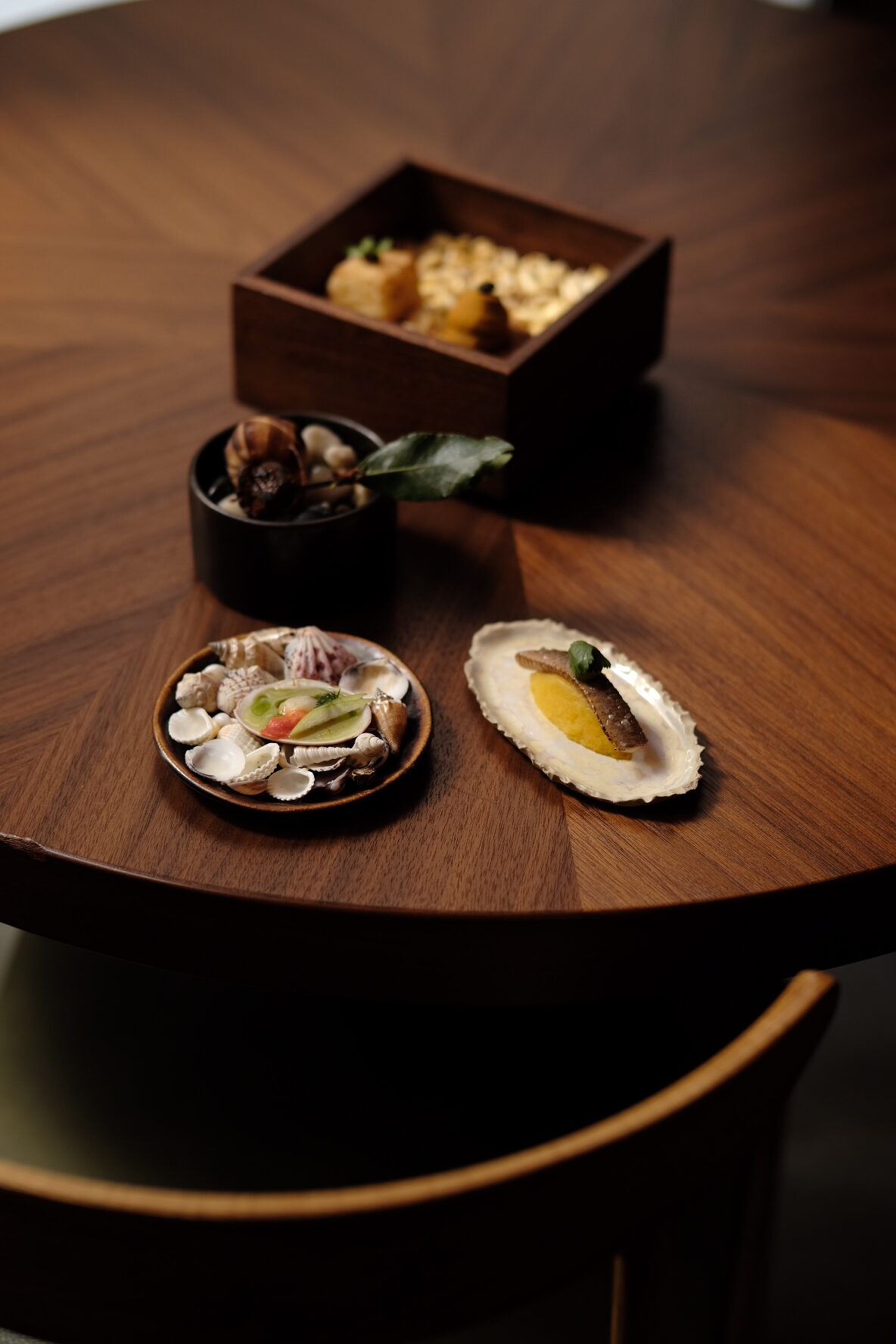
An assortment of Chef Silvia's dishes at Bacan; Photo by Benedetta Anghileri
Vania Ghedini, Oro
Vania Ghedini’s return to Venice came when she least expected it. “I was working in Morocco and I was pregnant, about to give birth—it seemed like absolute madness.” But everyone around her insisted: it was an opportunity she couldn’t refuse.
Originally from a small village near Ferrara, she grew up in her grandmother’s bakery, where she learned the value of tradition and hard work. “It wasn’t just a bakery,” she recalls. “She also sold cured meats, cheeses, fresh pasta—lasagne, cappelletti, cappellacci.” By the age of 10, she was already experimenting with recipes, filling a small section of the shop’s counter with her own dishes—grilled fish, skewers, chicken cacciatore. “I enjoyed it, but it soon became a responsibility I couldn’t escape from. That was what I was meant to do, help at the bakery. Was there another option? No.”
Her path was clear from an early age. She trained at ALMA, the International School of Italian Cuisine, in 2006, later returning as an instructor before joining the Alajmo Group, where she spent eight years working alongside Massimiliano Alajmo. From Le Calandre to Grancaffè Quadri, and then AMO Venezia, she refined her skills before taking on an international challenge: opening Sesamo at the Royal Mansour Marrakech in 2018. Five years later, she was leading a celebrated kitchen in Morocco when Massimo Bottura called with an offer to work at Ristorante Oro, the Michelin-starred restaurant within Venice’s Hotel Cipriani, Belmond Hotel. She hesitated. “Are you crazy?” she told him.
By February 2024, she was back in Italy with her husband and newborn, and in June, Oro reopened under her leadership. The challenge was immense. “We changed everything—the dishes, the cutlery, the tablecloths. It gave me room to experiment.” The team adapted quickly, growing into their roles with a passion she found inspiring. “Seeing them throw themselves into their work, grow, and be happy—that’s the greatest satisfaction.”
Ghedini’s approach to cuisine balances respect for ingredients with an insatiable drive for excellence. “The dishes we created for Oro—we started testing them in March. By the end of the month, they were ‘finished.’ But over the course of the season, we kept refining them, making them better.” That mindset mirrors her own perfectionism. “To be honest, when I taste dishes, I’m never satisfied. Never. I know they’re good, I know people like them. But satisfied? No. I was raised with this idea of duty, of always doing better.”
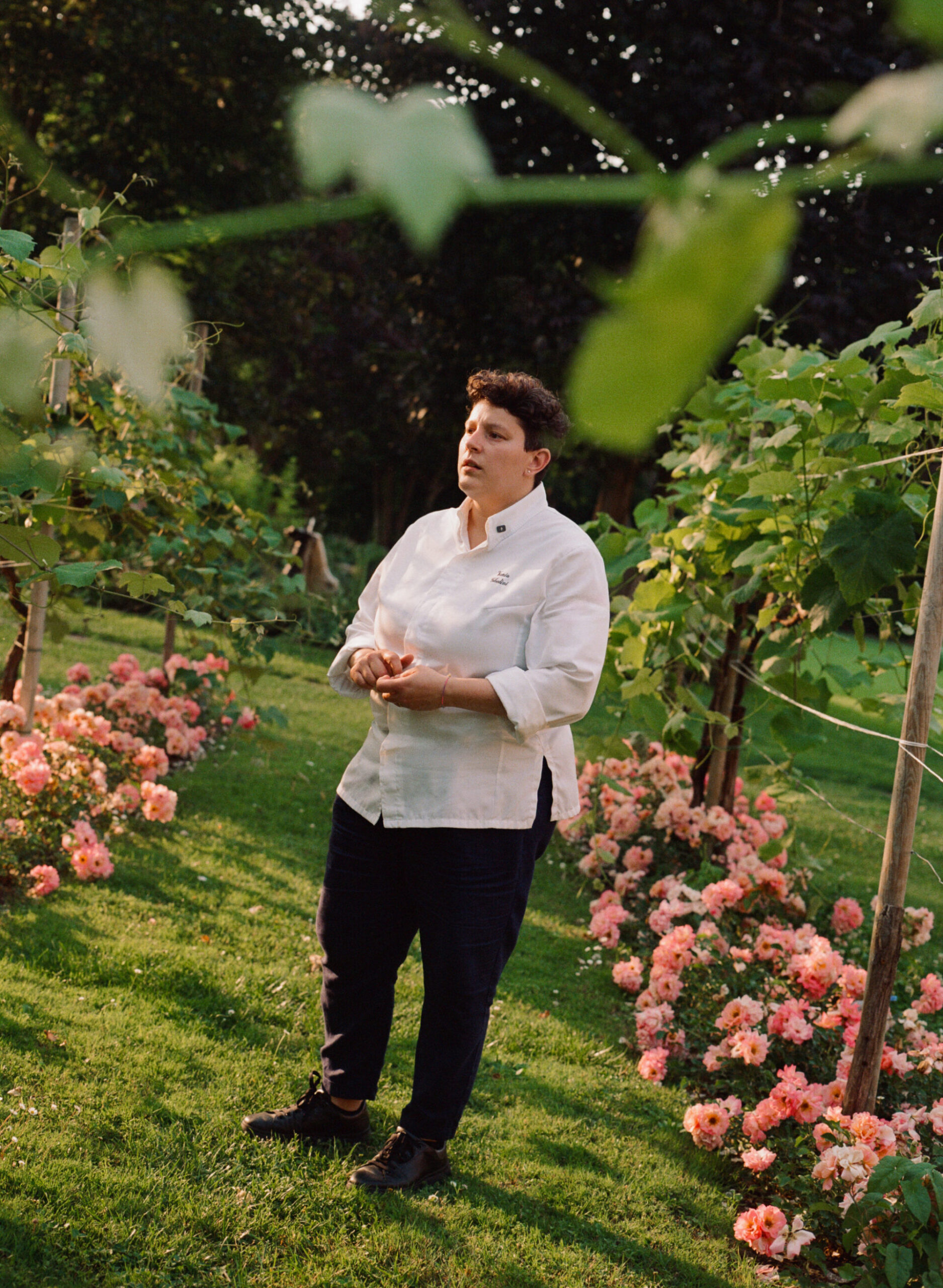
Chef Vania Ghedini; Photo courtesy of Belmond
One of Oro’s standout dishes is the oyster with egg zabaglione and cuttlefish ink. “That dish alone could have a thousand variations. There are a thousand types of oysters—if you change the oyster, you get a thousand different versions of the same dish.” This flexibility and openness to evolution define her culinary philosophy. “Massimo [Bottura] does the same thing. Even his most iconic dishes have evolved over time. Techniques change, things get updated. If you adapt and modernize how you do things, the dish improves.”
But some dishes should never change. “When you go somewhere to eat something from your childhood—something your grandmother used to buy for you—you want it to be exactly as you remember, comforting. It’s the non-traditional cuisines that need to keep up with change.” This is why, for her first menu at Oro, she started with tradition. “I went back to Venetian cuisine and worked from there. The first dish I created was Canocchia in Saor, but then you’d also find the Rosso Veneziano dish with tomatoes, or the Laguna dish with flavors from the lagoon and barene.” Bottura approved the menu from the start. “He loved it. And I couldn’t believe it. To me, nothing ever feels enough. So that was a great satisfaction.”
Her creative process is equally shaped by history and personal experience. “That’s why I initially put pasticcio alla ferrarese on the menu. It has 400 years of history. I didn’t recreate it exactly, but I put my version on the menu to help preserve it.” This balance between heritage and reinvention is, to her, the essence of great cuisine. “Few chefs truly invent—most of us reinterpret, reconstruct from tradition.”
Beyond the kitchen, she sees Venice’s food scene as a work in progress. “There’s still too much junk food for such a historic city. There should be some kind of gastronomic oversight. It’s crucial to preserve and communicate the culinary identity of a place like this.”
Looking ahead, her work at Oro will continue to evolve. “Every season sparks a new wave of creativity. Some dishes will stay to become part of our history, but we’ll keep updating and refining.” The restaurant’s garden plays a central role in this process. “Everything revolves around what we grow. We’re already working with the gardener to choose the herbs and plants we’ll cultivate.” For Ghedini, everything must be connected—ingredients, history, and the personal stories woven into every dish.
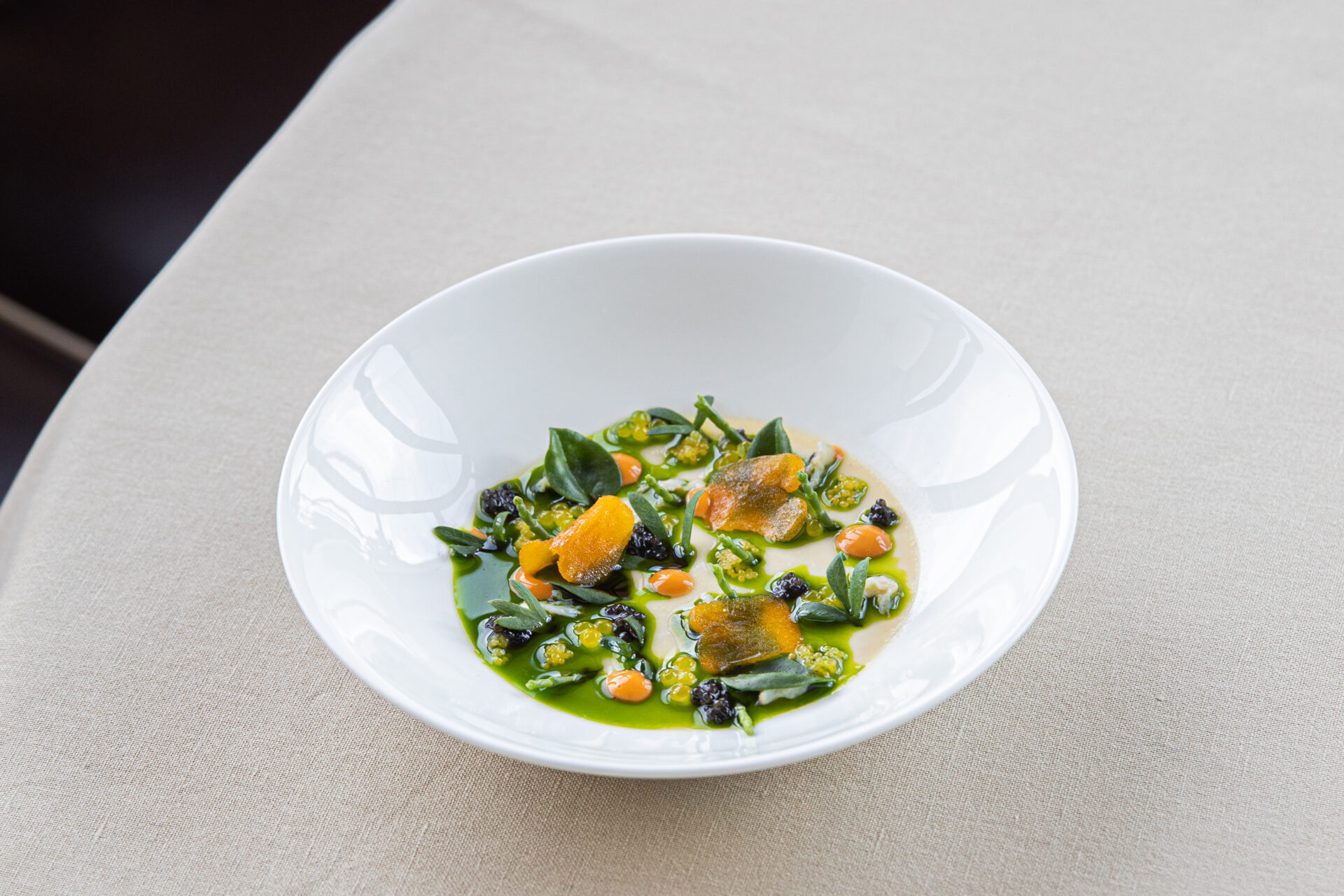
Photo courtesy of Belmond
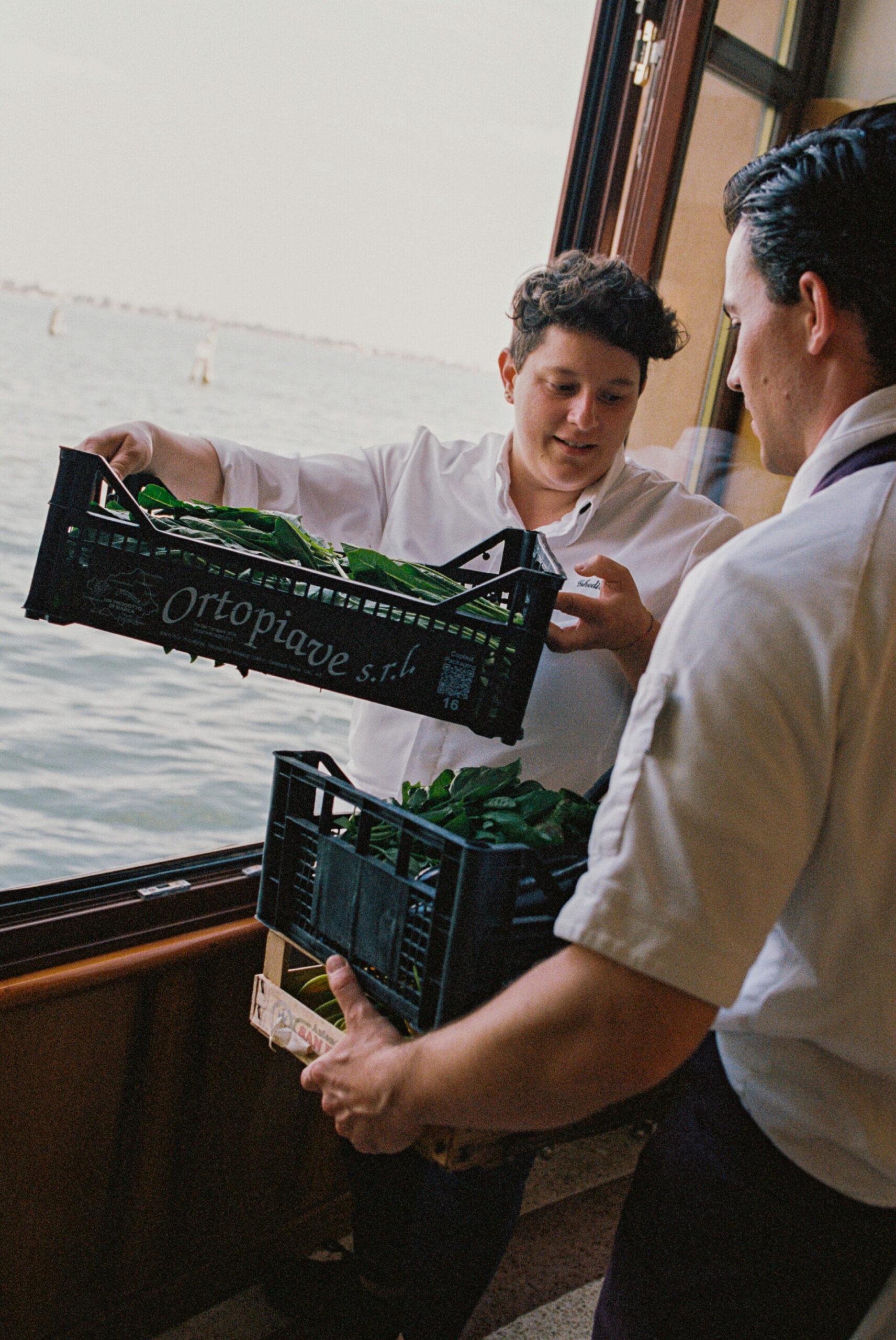
Veggie harvest for Oro; Photo courtesy of Belmond
